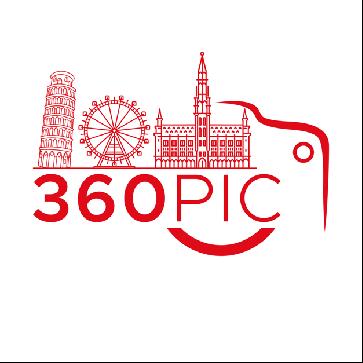


GRÜEZI BASEL
WORTH SEEING HISTORICAL FOOD & TRINK
MUSEUMS
THE RHINE PUBLIC TRANSPORT IMPRINT







MUSEUMS
THE RHINE PUBLIC TRANSPORT IMPRINT




In Basel, Germany, France, and Switzerland converge. During a city tour, visitors can experience and explore all three countries. The city is characterised by vibrant traditions.

Basel is the third-largest city in Switzerland, following Zurich and Geneva. Known as the cultural capital of Switzerland, Basel captivates with its fascinating contrasts and warm hospitality. In addition to numerous historical buildings, the canton of Basel is home to around 40 museums.
The University of Basel was founded in the year 1460 and is one of the oldest educational institutions in Europe. Basel is a significant trade fair location. The pharmaceutical companies Novartis and Hoffmann-La Roche have their headquarters in
Basel, establishing the city as an international centre for the chemical and pharmaceutical industries.
The Basel Fasnacht (Carnival) attracts thousands of visitors each year who participate in this unique festival. Stamina is essential, as the celebrations last from 4 a.m. on Monday until 4 a.m. on Thursday.
Ever since the year 2006, Basel Tattoo is a solid component of the event calendar of Basel.
with the ÖBB nightjet to Basel
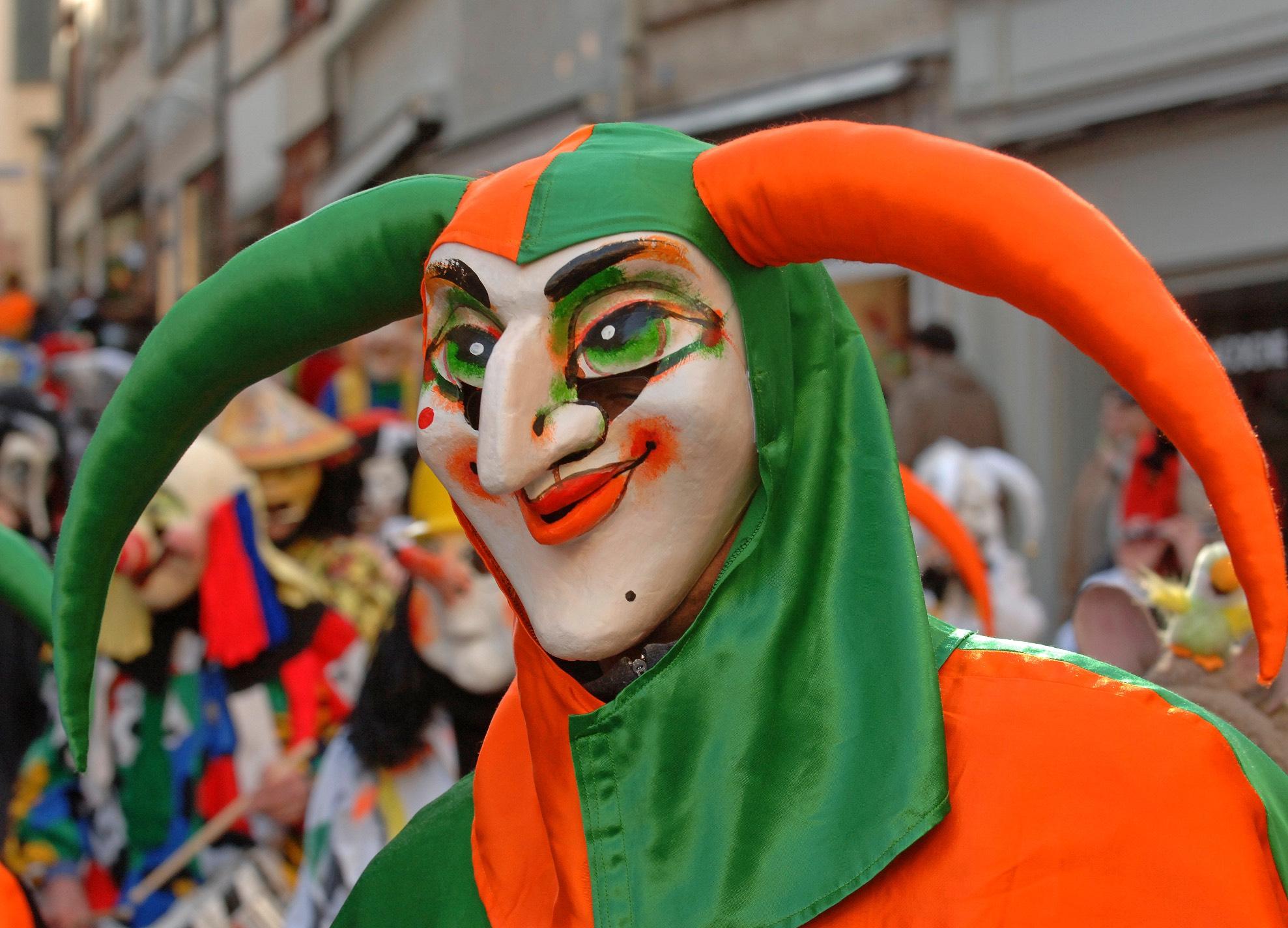
The Basel Carnival begins on Ash Wednesday with the "Morgenstraich." At 4:00 a.m., all the lights in the city centre are turned off, and a multitude of drummers and pipers play the march piece Morgenstraich together. This marks the loud and joyful start of the Morgenstraich. With the command "Morgenstraich: Forward, march!" what is probably the world's largest pipe concert begins. The people of Basel, along with thousands of guests, need a lot of energy, as the celebrations last exactly 72 hours, ending again at 4:00
a.m. on Thursday with the Ändstraich. During the "three most beautiful days," around 18,000 participants are actively involved. Thus, the Basel Carnival is undoubtedly the largest carnival celebration in Switzerland. The organisers of around 500 groups, Guggenmusik bands, floats, and other formations meet in the autumn to plan the Basel Carnival.
In 2025, Morgenstraich will take place on March 10th.

with the ÖBB nightjet to Basel
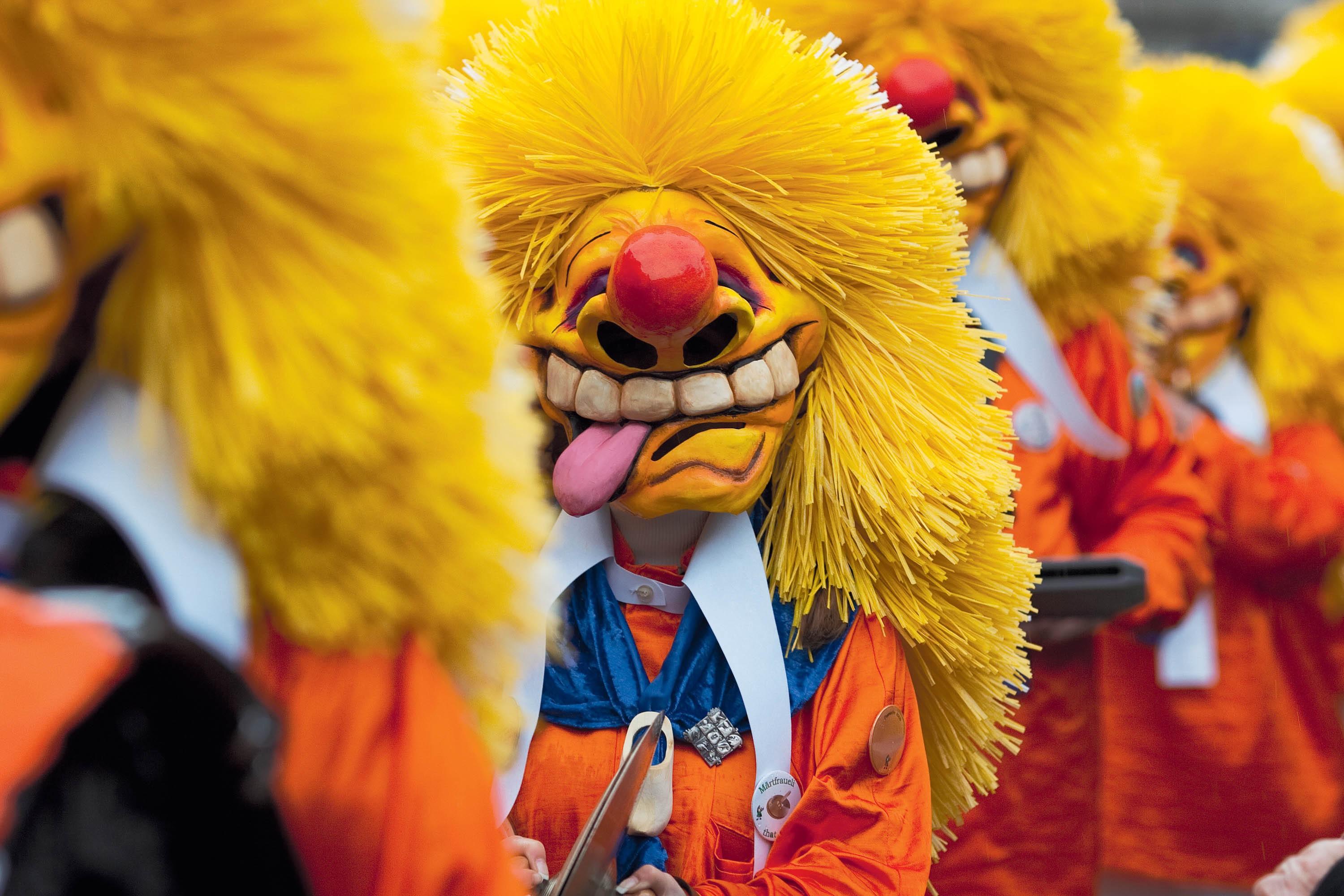
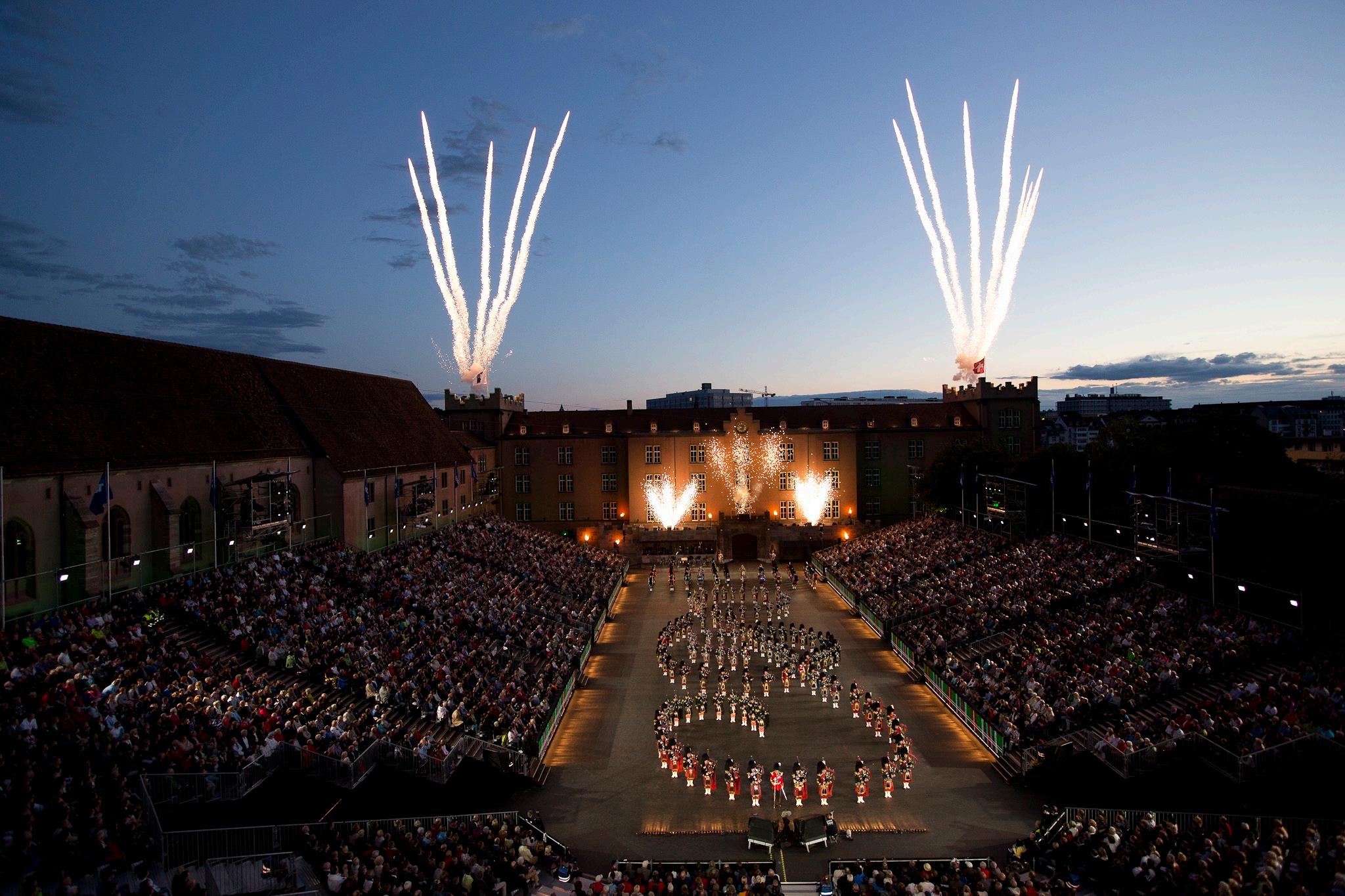

Since the year 2006, Basel has hosted the world's second-largest tattoo event. Under the patronage of the Federal Department of Defence, Civil Protection and Sport (VBS), the musical show takes place in the courtyard of the Basel barracks. Each year, the impressive performances captivate around 70,000 visitors.
As part of the free Basel Tattoo Parade, which takes place outside the barracks, participants march past the more than 100,000 applauding spectators. But the
Basel Tattoo event offers much more than just musical entertainment. International ensembles from fi ve different continents perform at the show, presenting musical delights from their home countries. Over 1,000 musicians captivate the audience with spectacular performances that combine music, dance, and song.
In the year 2025, Basel Tattoo will take place from July 11th to 19th.
with the ÖBB nightjet to Basel

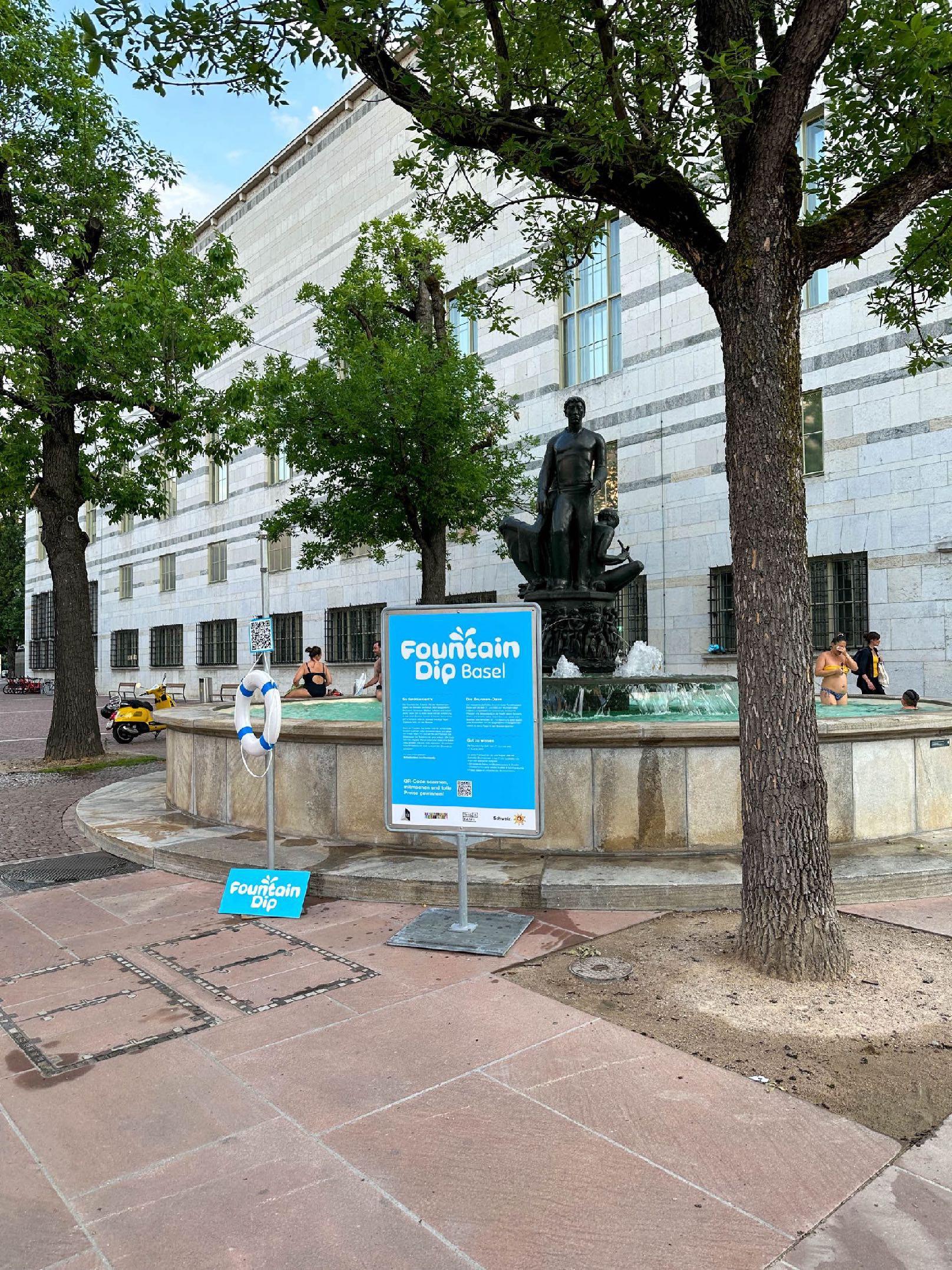



During the warmer months, Basel offers a unique attraction: fountain bathing. In numerous historic fountains in the old town and the outer districts, the bathing fountains transform into a kind of communal whirlpool. On sunny and hot days, thirsty bathers grab their swimming trunks or swimsuits, take a refreshing drink, and head to one of the many fountains in the city.
To avoid disturbing residents' sleep, the fountain bathing should end by 11 p.m. at the latest. Bathing in the fountains is an experience that visitors to Basel
should definitely try. After the sun sets and the streetlights cast their warm glow, a very special atmosphere begins to envelop Basel.
The last bathers slowly leave the fountains and stroll through the narrow alleys of the old town. It is the perfect end to a day full of refreshing fountain bathing in the city's fountains. The picture shows the Zschokke Fountain.




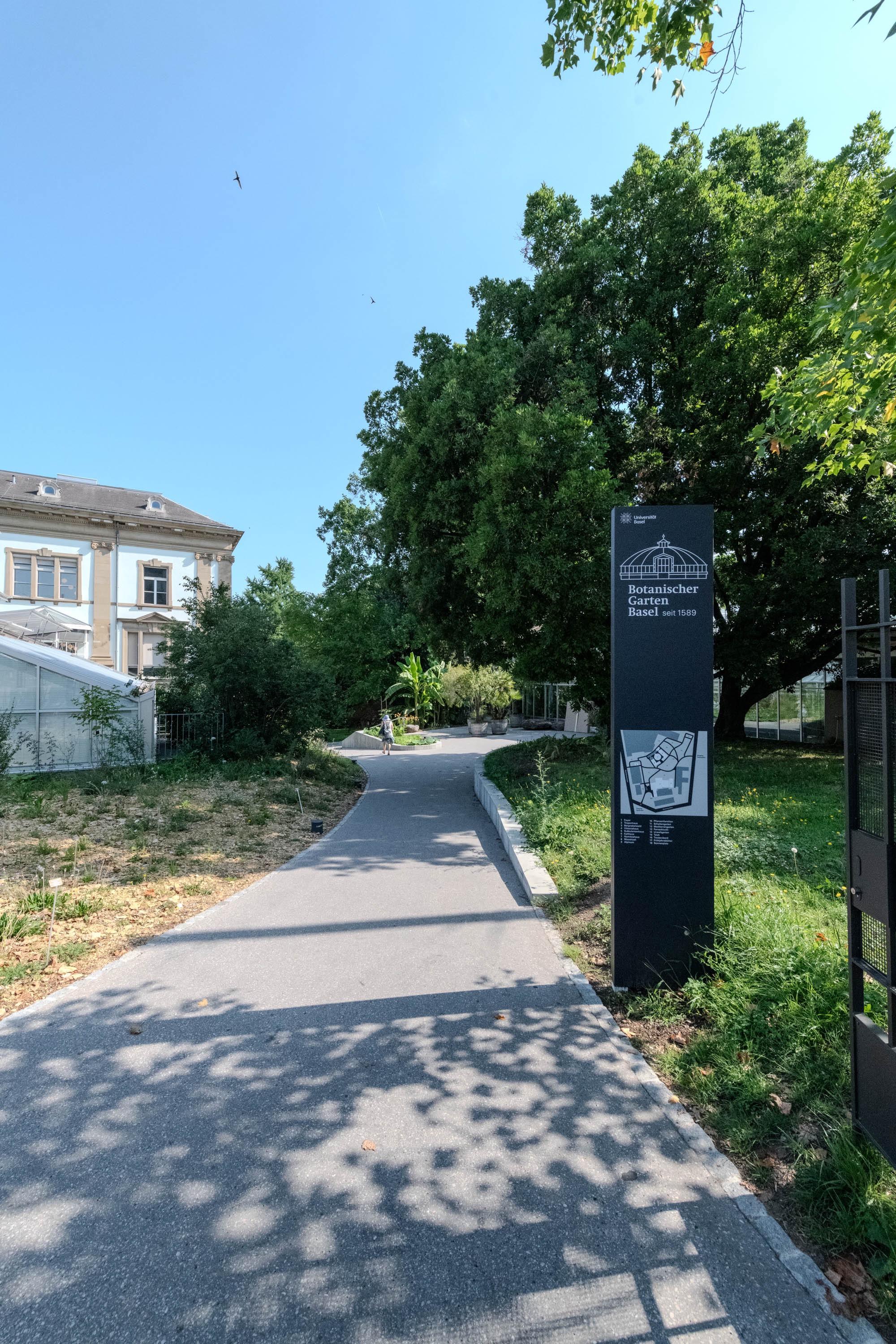


The University of Basel maintains one of the oldest botanical gardens in the world. As early as the year 1589, Caspar Bauhin established the "hortus medicus," an herb garden that includes numerous medicinal and poisonous plants. Since 1897, the botanical garden has been located at its current site. The garden is part of the Botanical Institute of the University of Basel, with which it has a direct connection. The garden is open yearround and consists of an outdoor area and four greenhouses.
In the mist forest house within the tropical house of the botanical garden, visitors will find a unique atmosphere. You will be immersed in an enchanted world full of exotic plants, shrouded in a fine mist. With high humidity and minimal temperature fluctuations, many exotic plants feel at home here. A walk through the mist forest house is like a journey into the tropical rainforests of the world, showcasing the diversity and beauty of nature.
with the ÖBB nightjet to Basel




The American artist Johnathan Borofsky created the first "Hammering Man" in the year 1979 for an exhibition at the Paula Cooper Gallery in New York City. This moving sculpture is seen as a symbol of work and action, and it also represents solidarity with all working people. Versions of the "Hammering Man" can be found in many cities around the world.
The statue measures 13.5 metres in height, is 15 centimetres thick and weighs nearly 8 tonnes. Its powerful arm, which continuously swings the hammer,
reminds locals and tourists of the importance of hard work and perseverance. Since its installation in the year 1989, its constant movement has symbolised the relentless effort and dedication that many people show in their daily jobs.
The view of the artwork towards the glass facade of the UBS offices almost seems like a call to work hard and remain steadfast in the financial world.







At the end of the 14th century, a wooden chapel was built on the old bridge, which was replaced by a stone chapel in the 15th century.
Originally, this chapel served as a place of prayer for travellers. Until the year 1634, the Käppelijoch was the site where lawbreakers were punished by drowning. With the construction of the Mittlere Brücke, the original chapel was replaced by an exact replica. Above the entrance of the chapel is a relief depicting Bishop Heinrich von Thun, the initiator of the first Rhine bridge

in Basel. The chapel became a symbol of faith and hope during a time marked by uncertainty and threats.
Even after the practice of drowning at the Käppelijoch ended, the chapel remained a place of spiritual retreat and reflection for people.
To this day, the chapel is very popular with pilgrims and tourists who appreciate its history and spiritual significance.
with the ÖBB nightjet to Basel


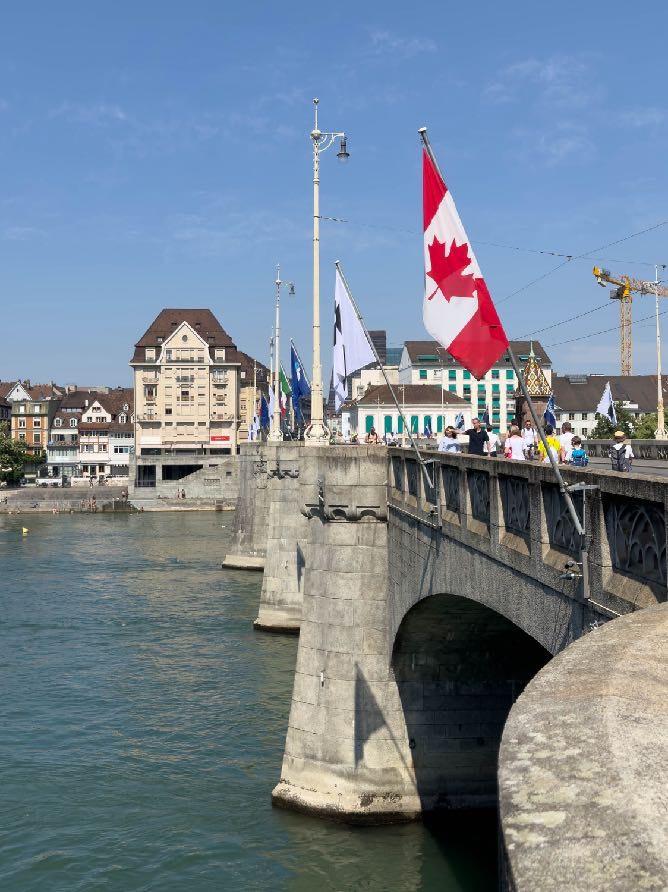


Sculpture below Mittlerer Brücke
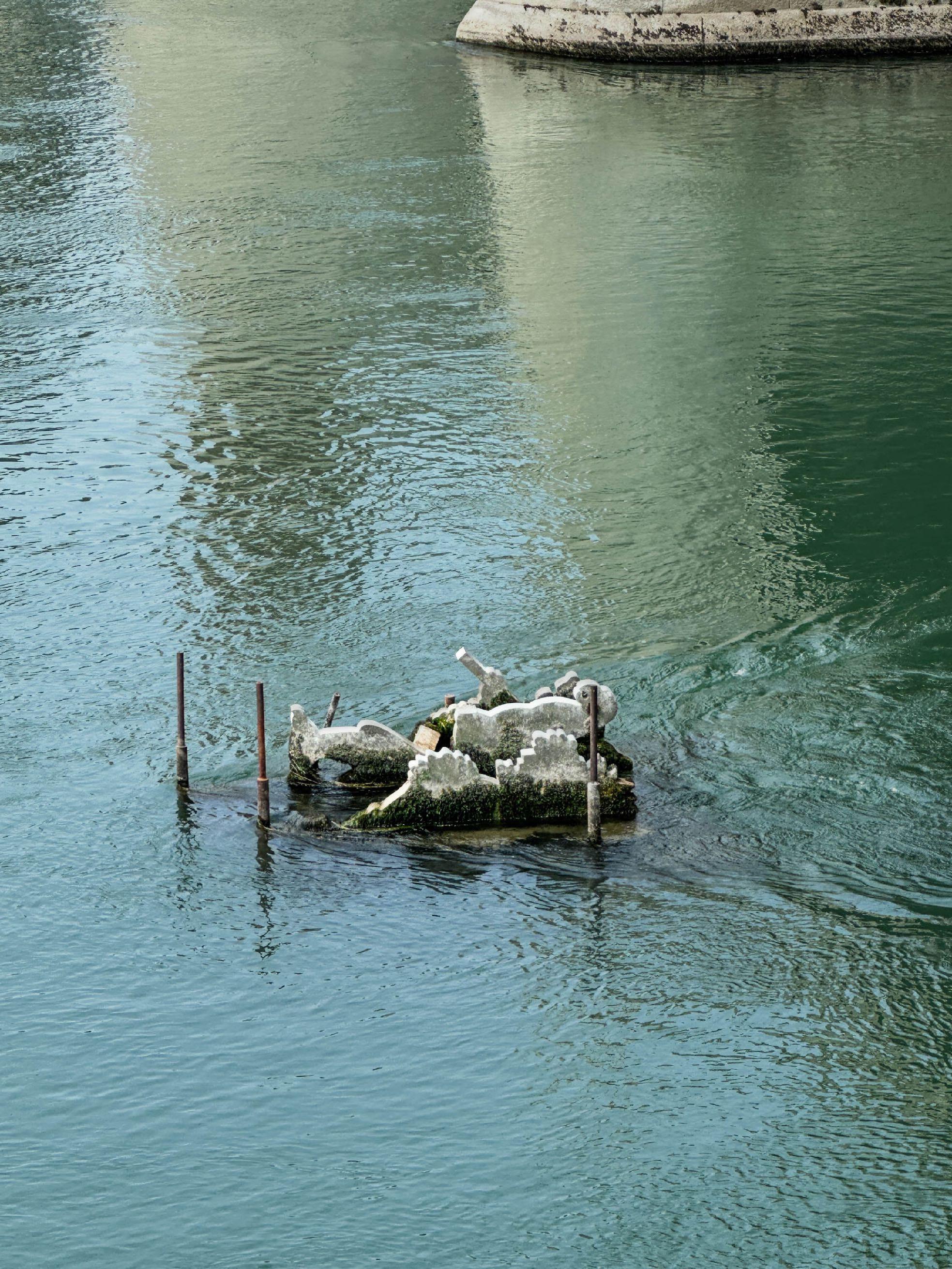





The Novartis Campus serves as the global headquarters of the Novartis Group. Approximately 8,000 employees work at this location. On an area of about 20 hectares, visitors can admire outstanding examples of contemporary architecture. T he "who's who" of architecture has gathered at this location. Around 20 buildings, designed by renowned architects, have quickly made the Novartis Campus a centre of modern architecture.
The opening hours are on weekdays from 7:00 a.m. to 7:00 p.m., while the campus remains closed on weekends.
A special highlight is the Novartis Pavilion. The pavilion also serves as a meeting point for informal gatherings and creative idea exchanges. With its unique architecture, it is not only an architectural but also a cultural highlight of the Novartis Campus.

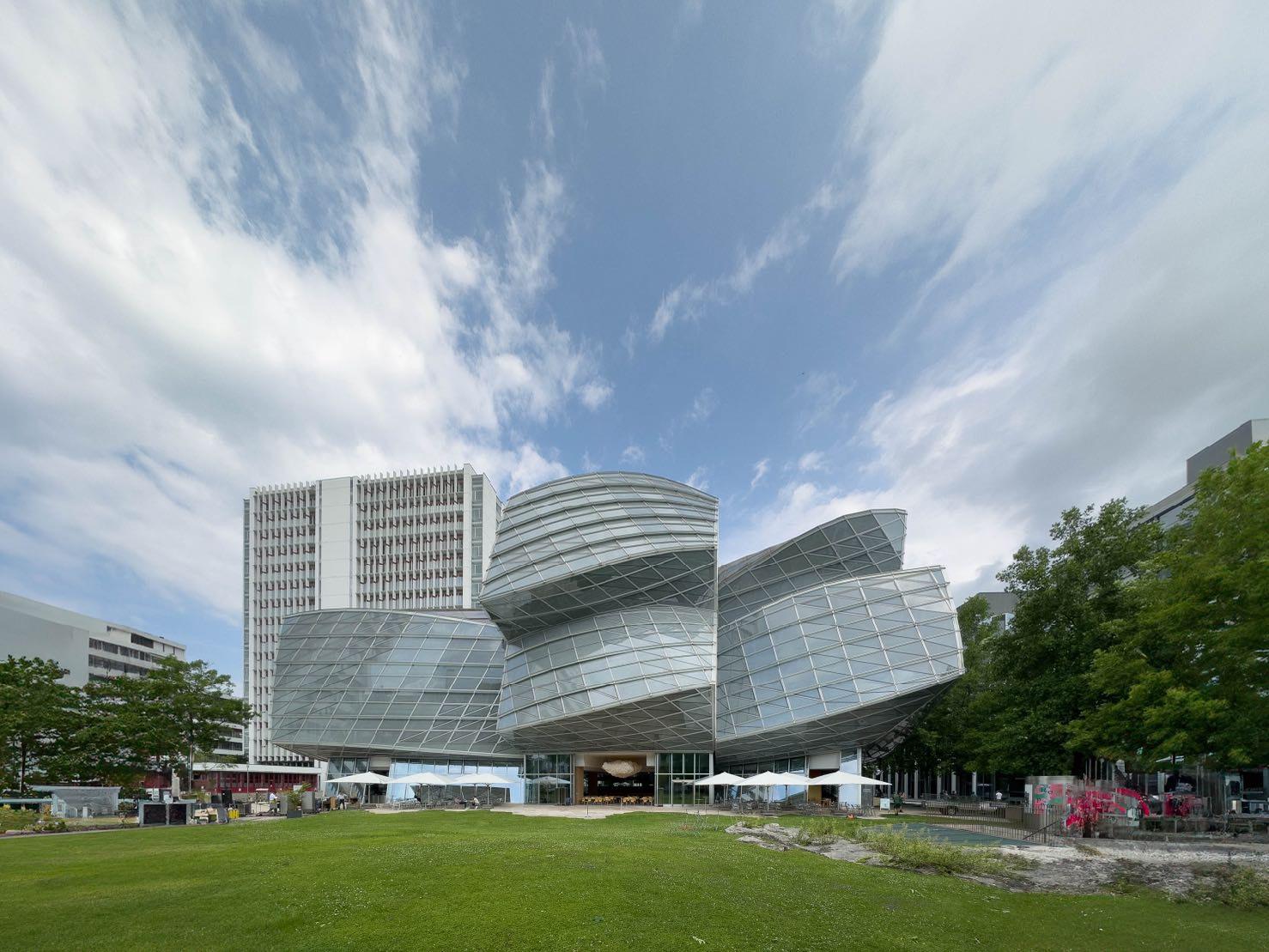

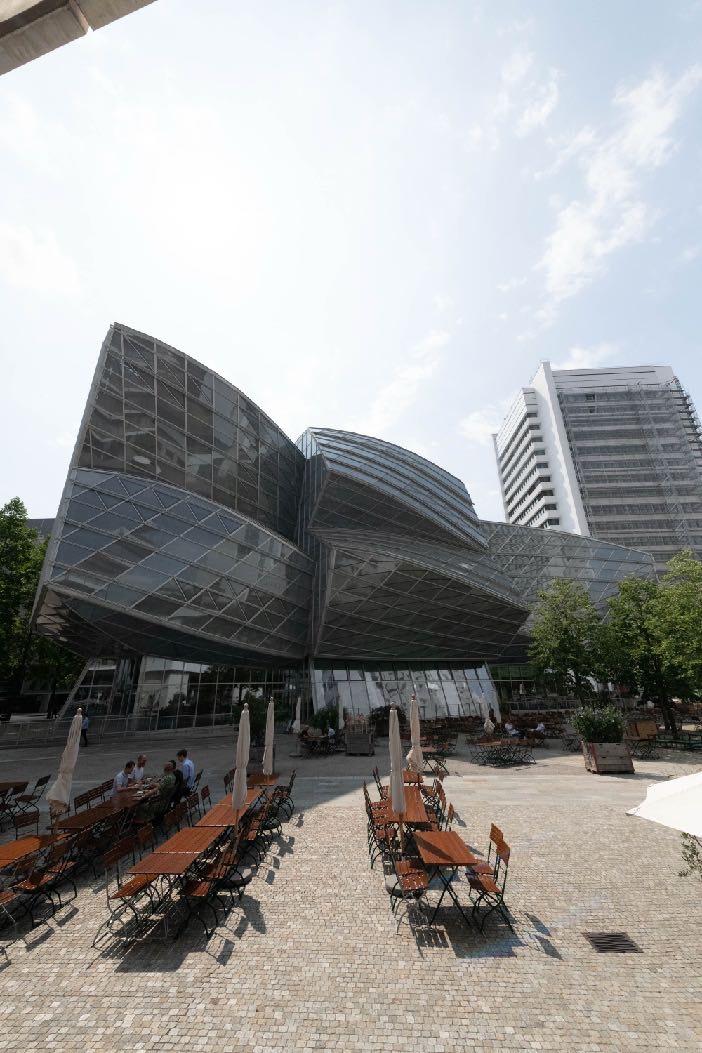








The site where the striking red sandstone building stands today was already the political heart of Basel all the way back in the year 1290. The historic central building received its current form when Basel joined the Swiss Confederation in the year 1501. Above the three entrances there are three coats of arms, each featuring a black crozier. Two of these croziers point to the left, while one points to the right.
The coats of arms of the city of Basel and the half-canton of Basel-Stadt display left-pointing croziers, while
the coat of arms of Basel-Landschaft shows a rightpointing crozier. The right-pointing black crozier symbolises the unity and independence of the half-canton of Basel-Stadt.
This particular orientation was deliberately chosen at the time to highlight the close connection to the city of Basel. The two cities worked closely together to achieve common goals and defend their interests.
with the ÖBB nightjet to Basel



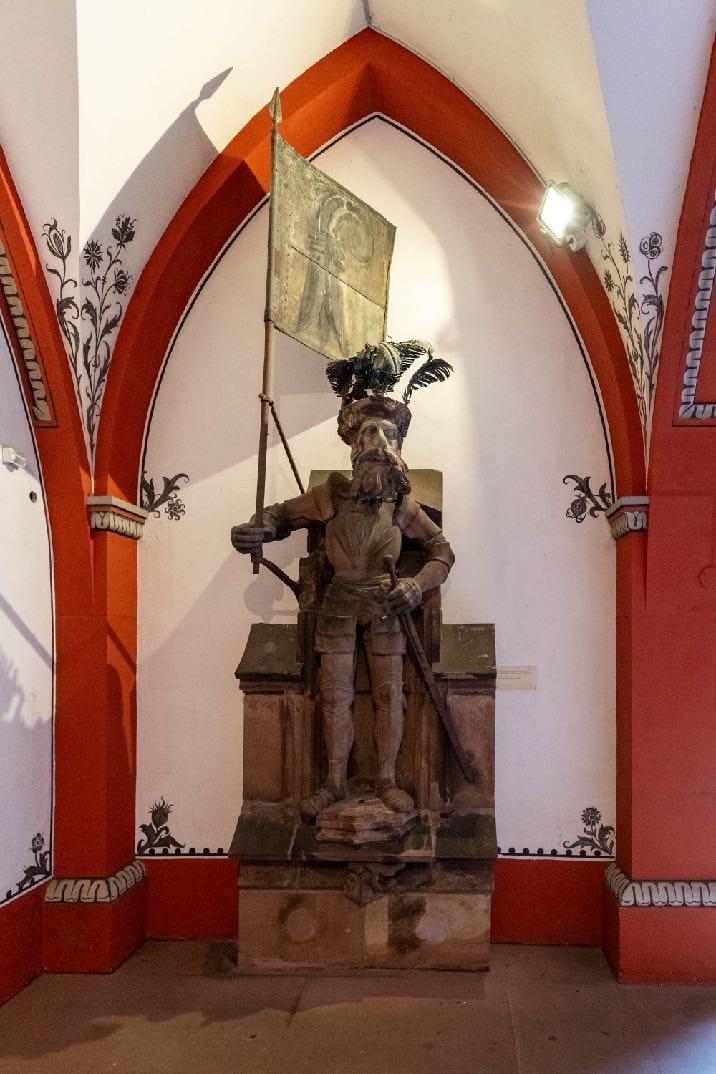

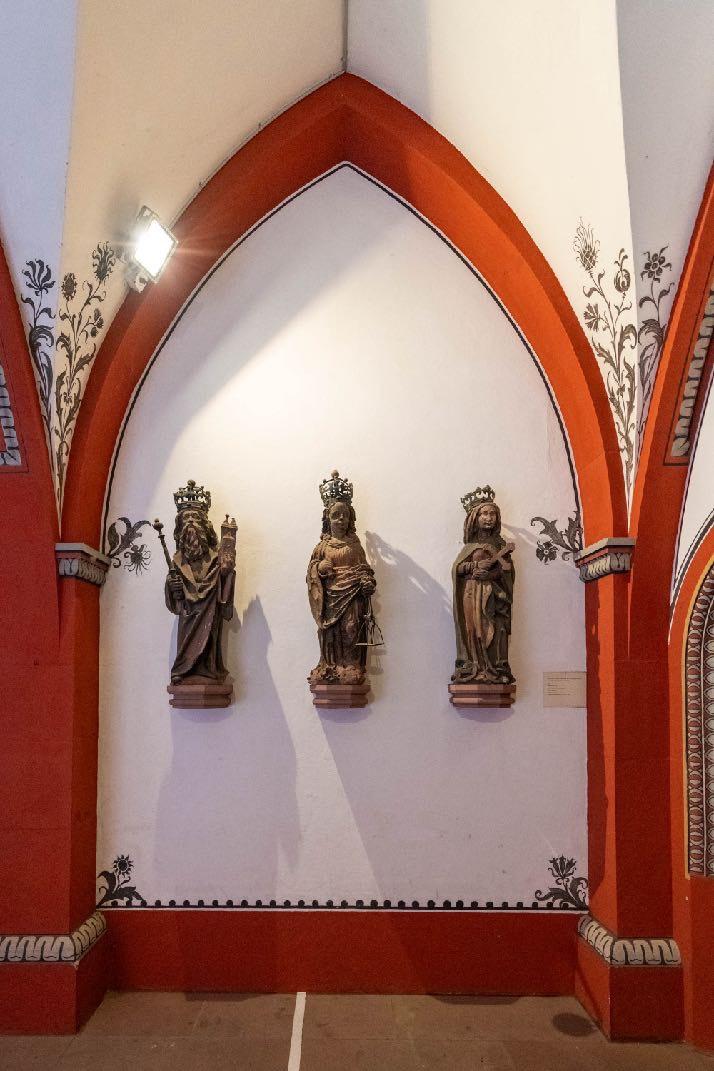
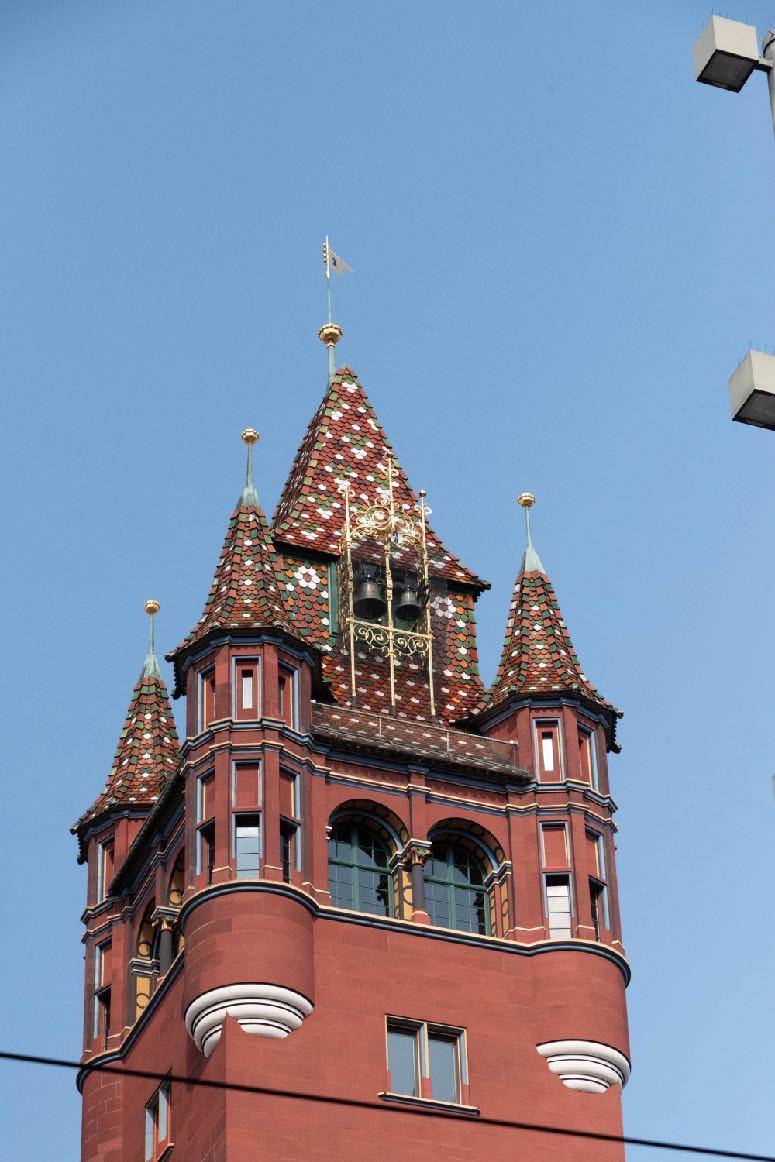
with the ÖBB nightjet to Basel

Alban Gate



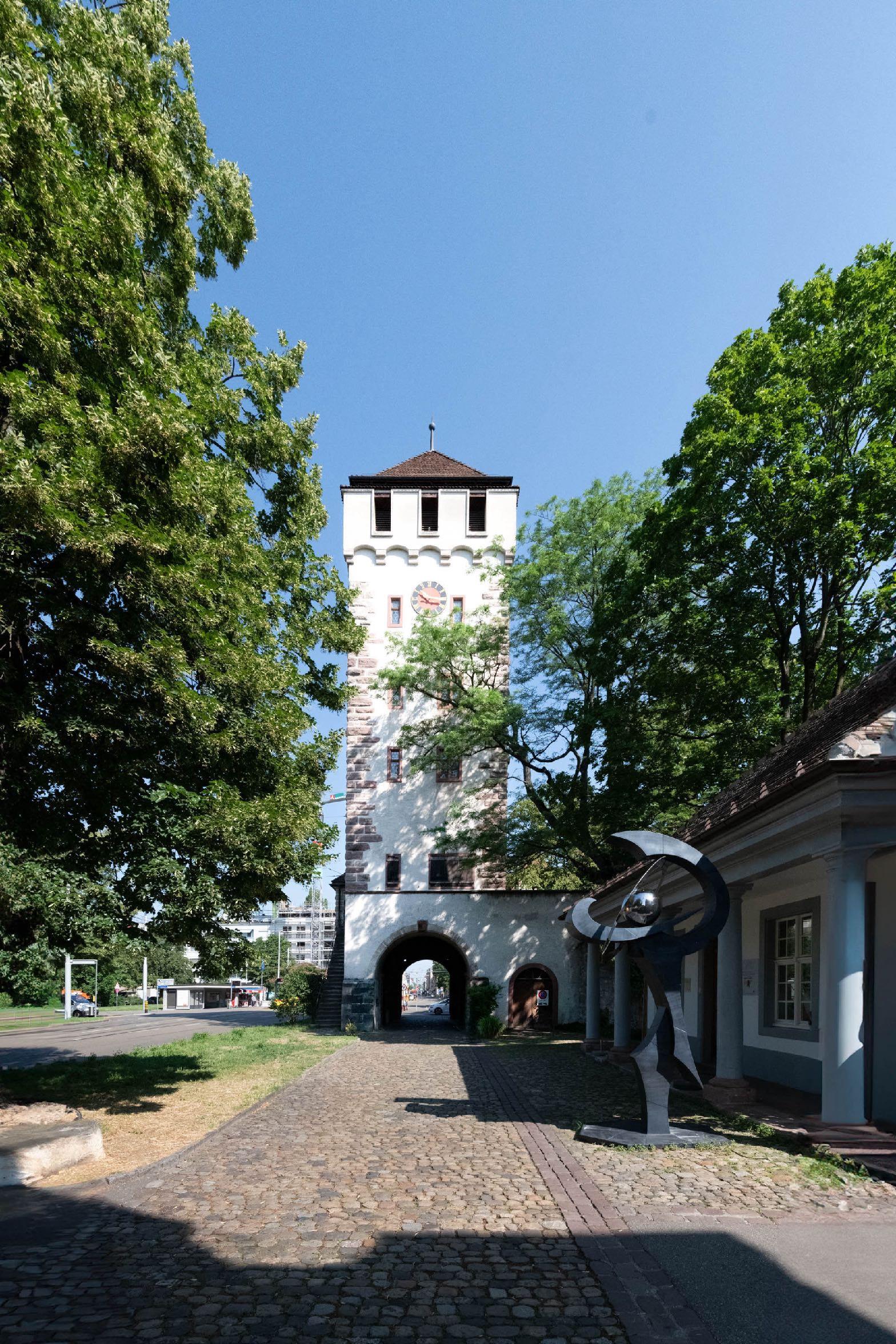



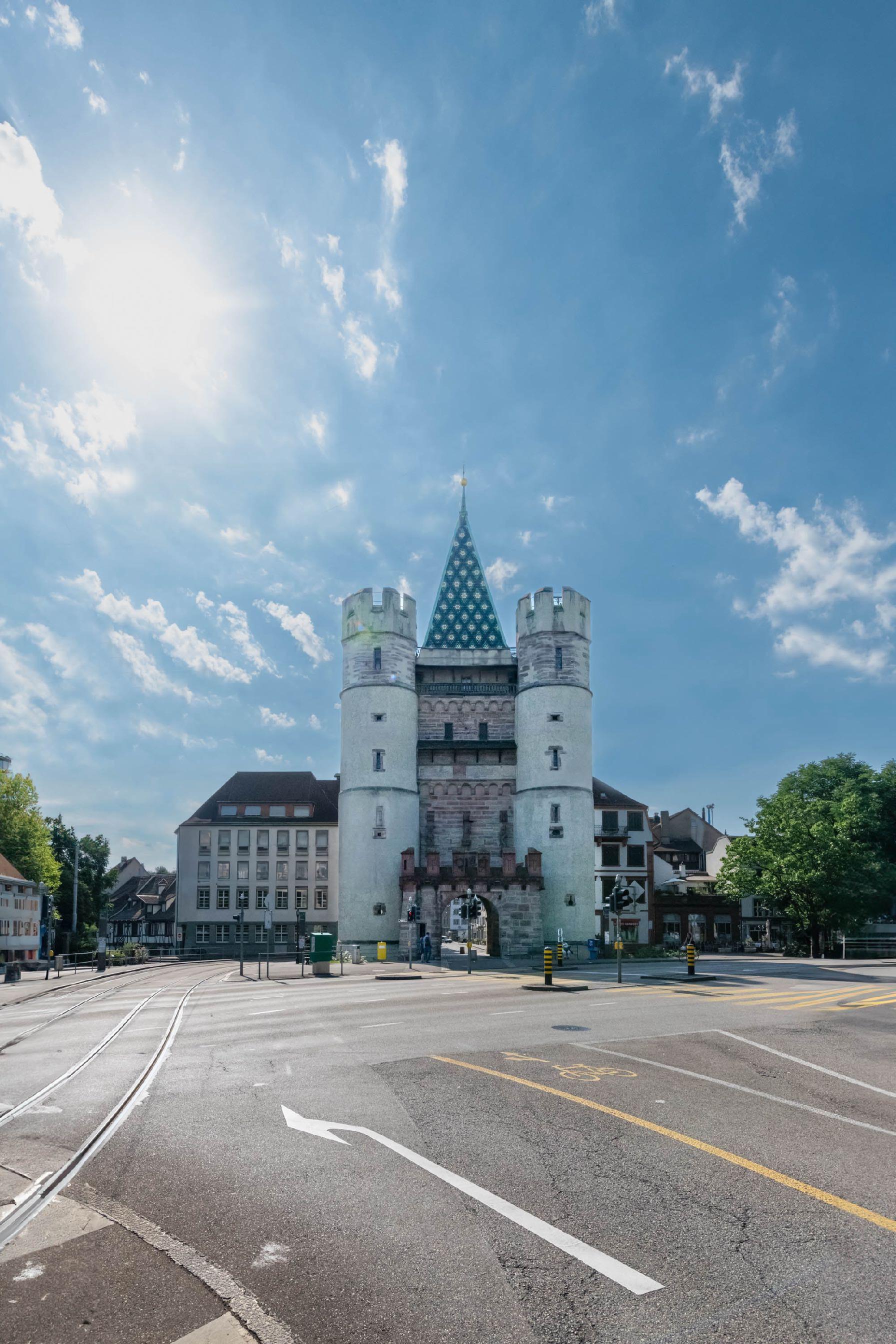









In the year 2020, Basel had 218 public water points and 120 fountains located in school playgrounds, government buildings, and private gardens. Except for three of these fountains, all provide access to drinking water.
A unique attraction is the permission to bathe in many of these fountains during the warmer months. For further information, please visit the "Fountain Dip" page.
Numerous fountains are listed as historical monuments. Particularly noteworthy is the Tinguely Fountain. The moving artworks by the Basel-based artist offer constantly changing perspectives. Around the fountain, there are many opportunities for visitors to relax and unwind.
The image shows the Trident Fountain, known as the "Spittelsprung Fountain."




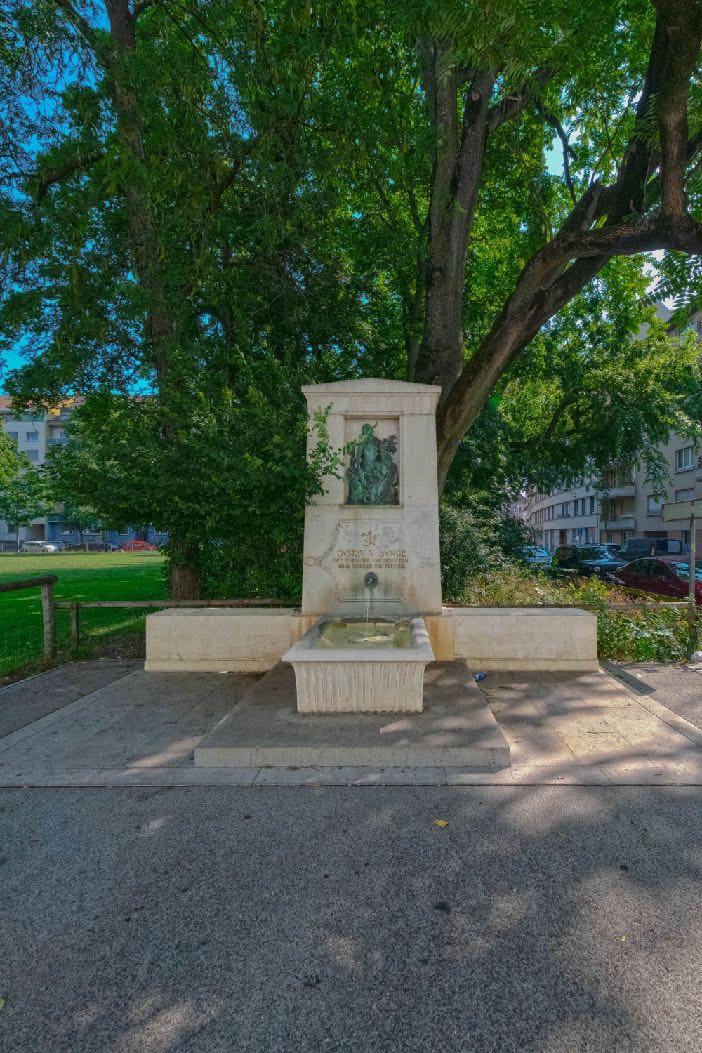
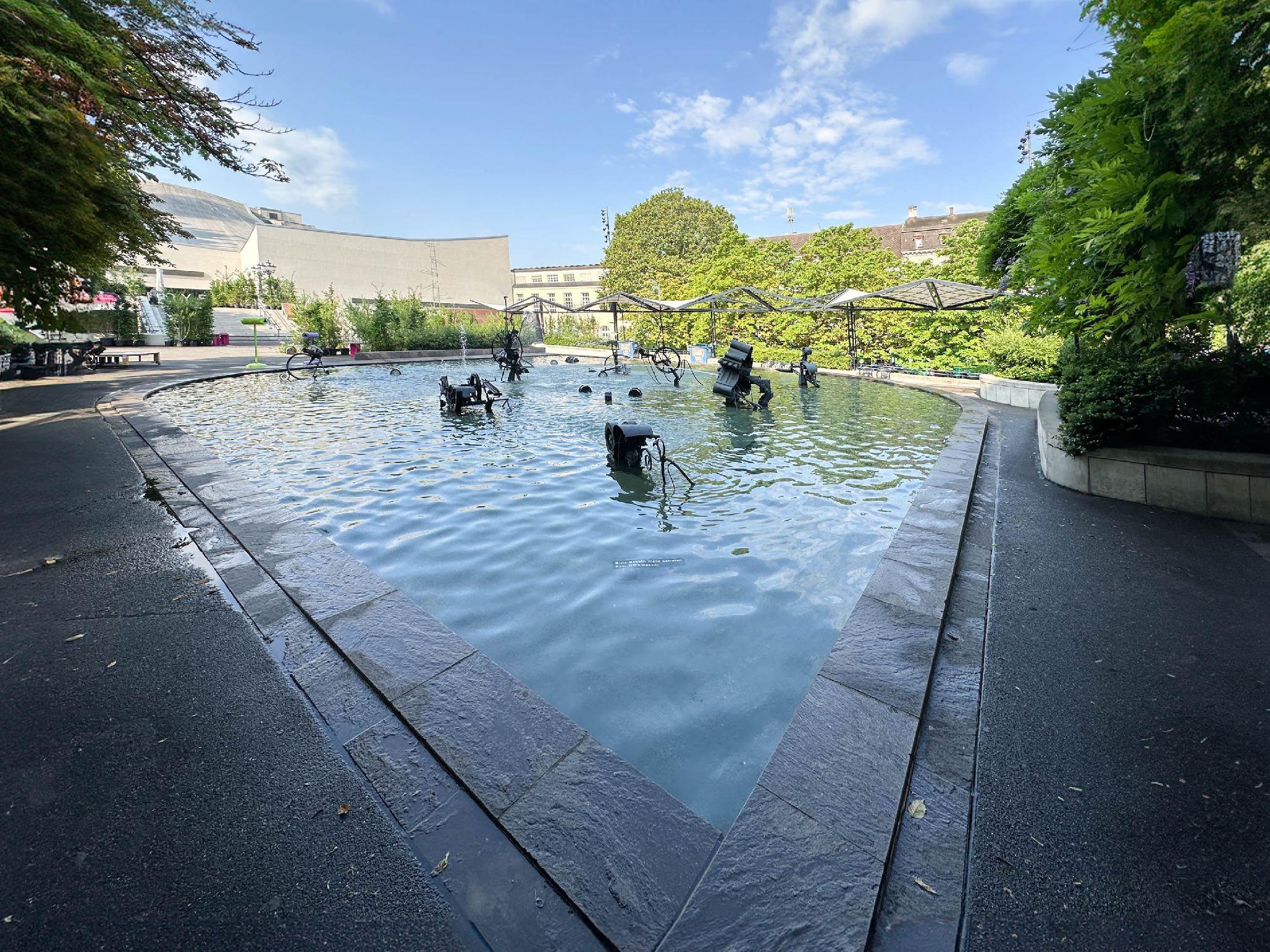
Tinguely Fountain
Klostergasse 7
4051 Basel
The Tinguely Fountain became an appealing new landmark for the city of Basel in the year 1977. The ten moving figures in the fountain were created by Jean Tinguely. They represent performers on a stage, always repeating the same movements, yet each time creating a fresh experience.
The Tinguely Fountain is cleaned every Wednesday and is therefore out of operation at that time.
with the ÖBB nightjet to Basel




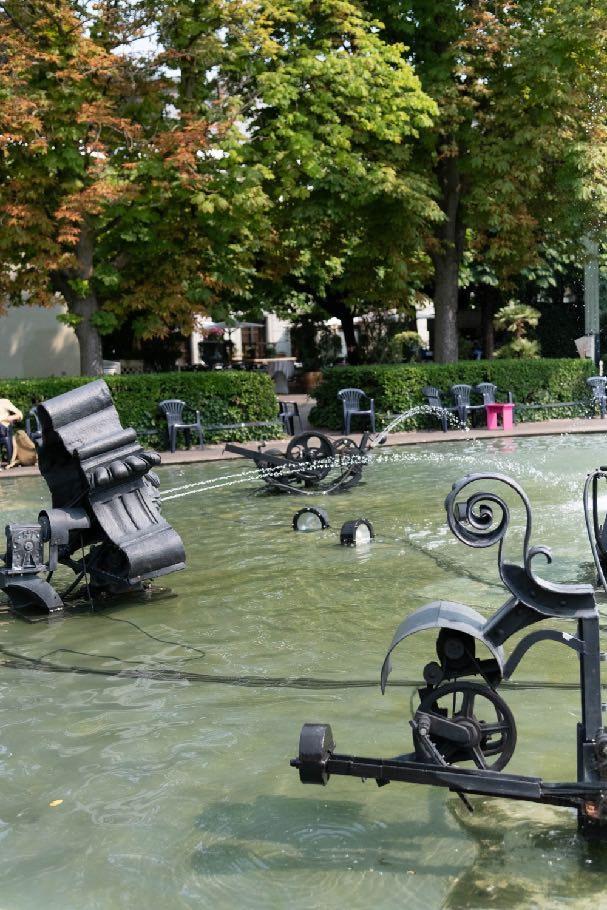

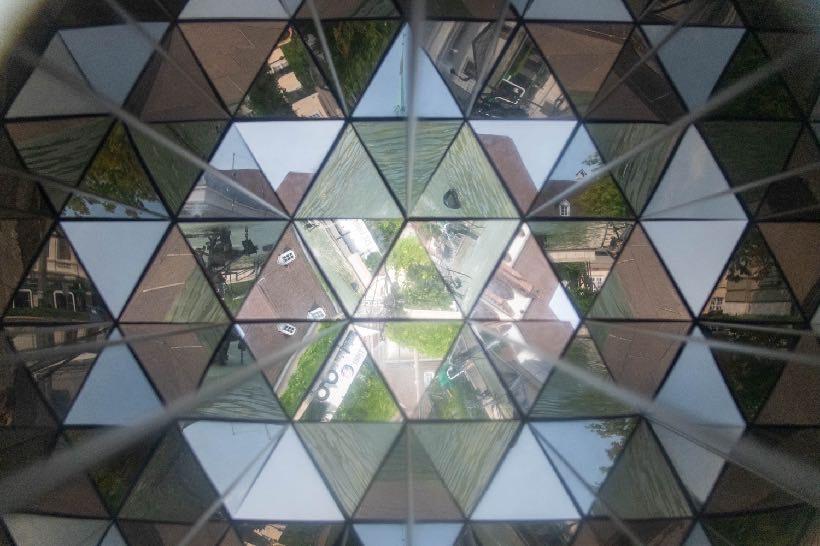
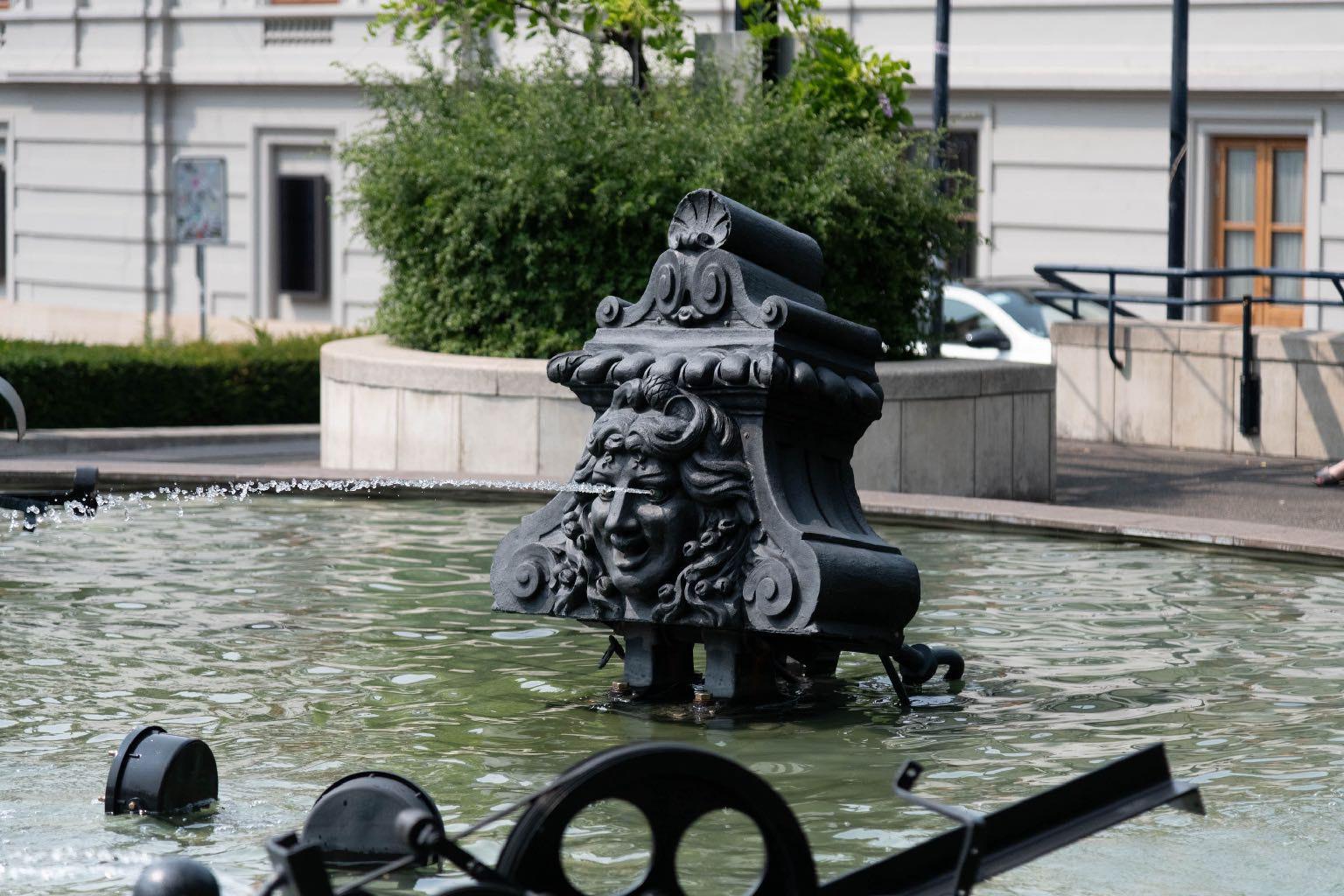



The Basilisk Fountains in Basel were installed in the year 1884 as part of the modernisation of the city's water pipe system. About 25 of the original 49 fountains can still be found in the city today. Almost all of these fountains, designed in the form of a basilisk holding the Basel coat of arms, face towards the Rhine. Only one of them turns away from the river. This arrangement was deliberately chosen so that tourists wanting to photograph the opposite Basel Muenster cathedral can capture the fountain from the front.
Many of these fountains have been given as gifts by the city of Basel to sister cities. Thus, the distinctive green water dispensers can be found in cities like Zurich, Shanghai, Vienna, and Moscow.
The Basilisk Fountains are not only artistic water dispensers but also hold symbolic meaning. The basilisk is considered a protector and guardian, watching over the safety of the residents.















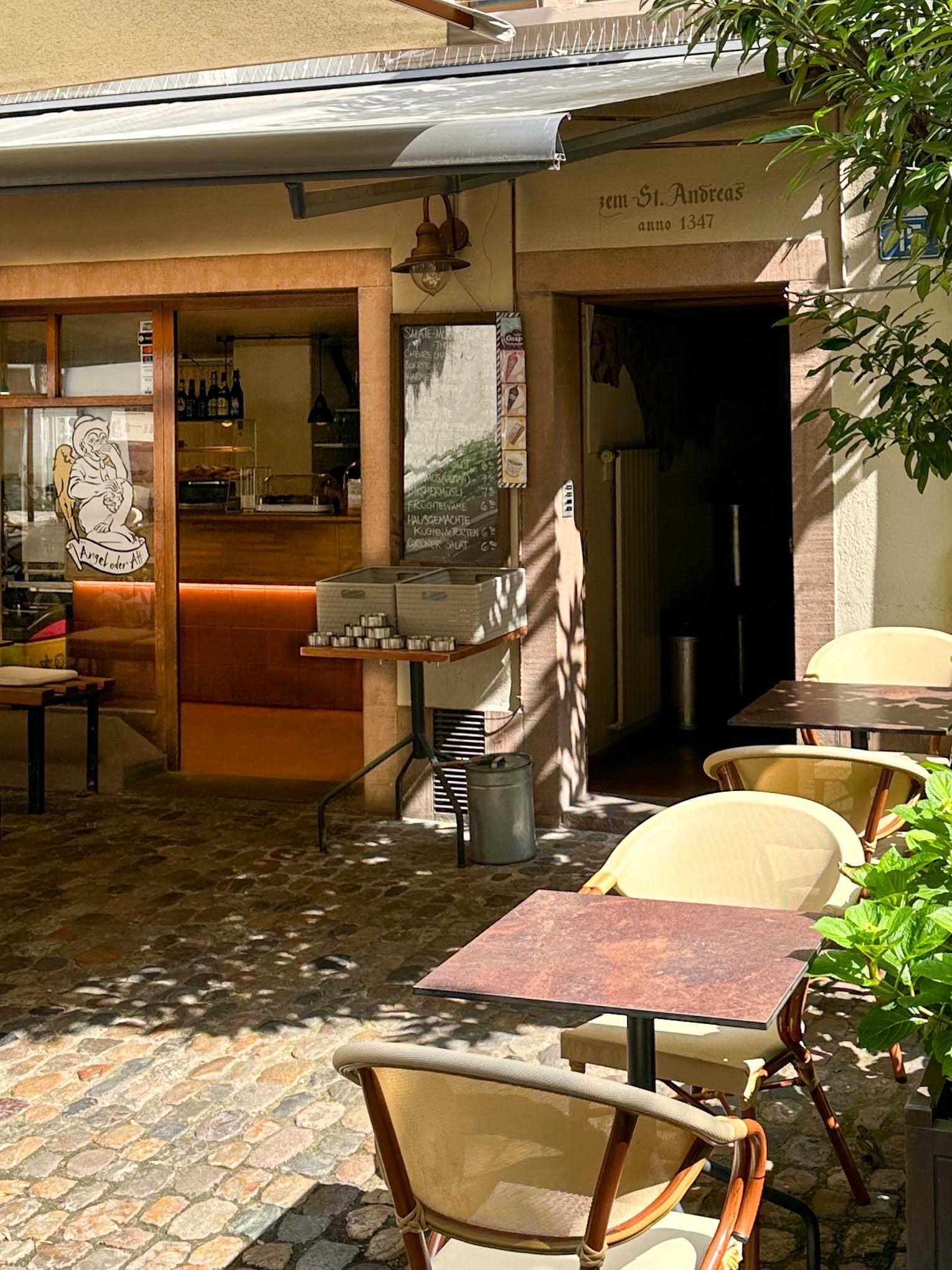










The MS Rhystärn is the largest ship in the Basel fleet. It has a capacity of 600 people and is air-conditioned.


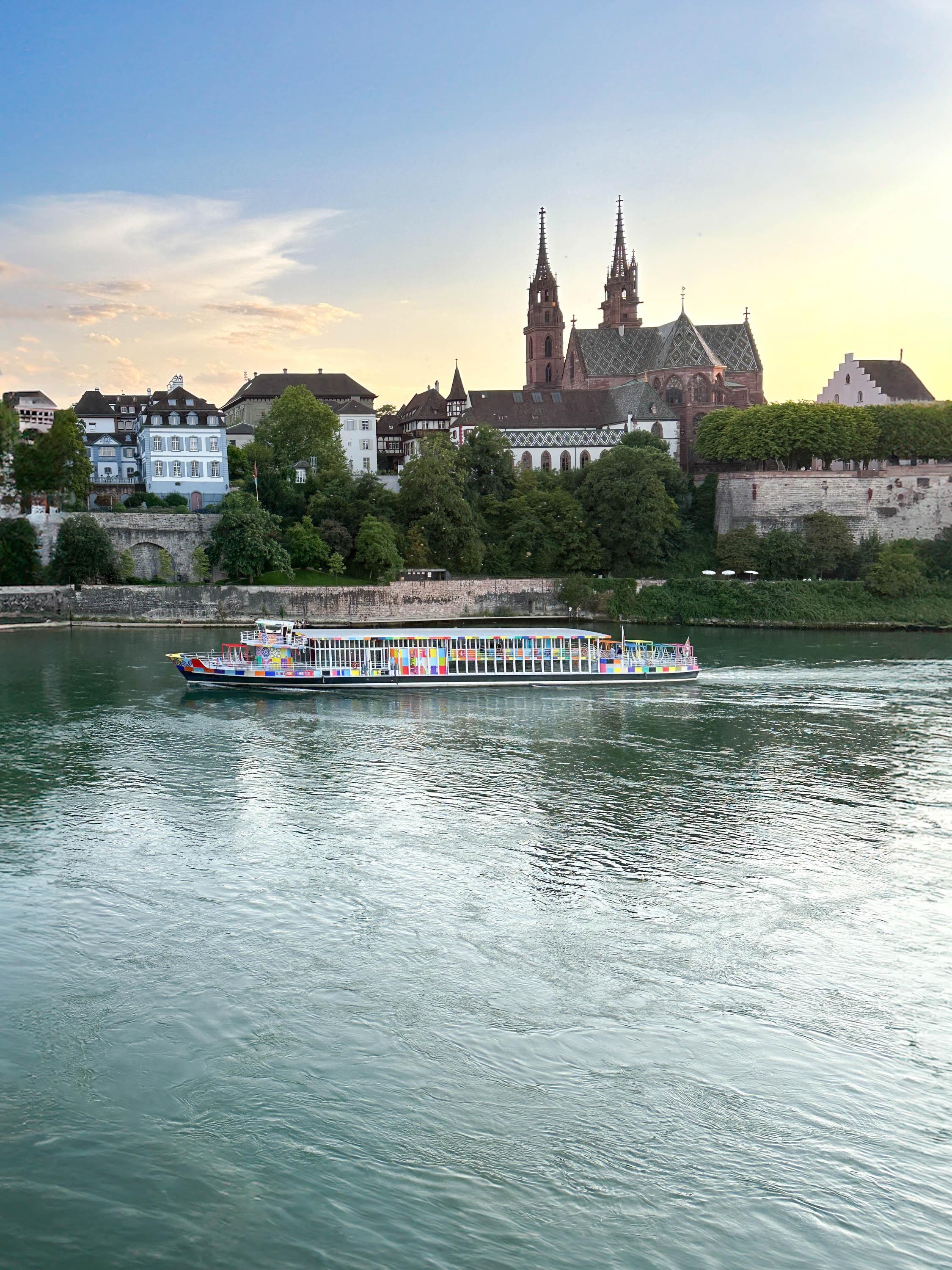
MS Christoph Merian
The MS Christoph Merian has a maximum capacity of 200 people and is airconditioned.



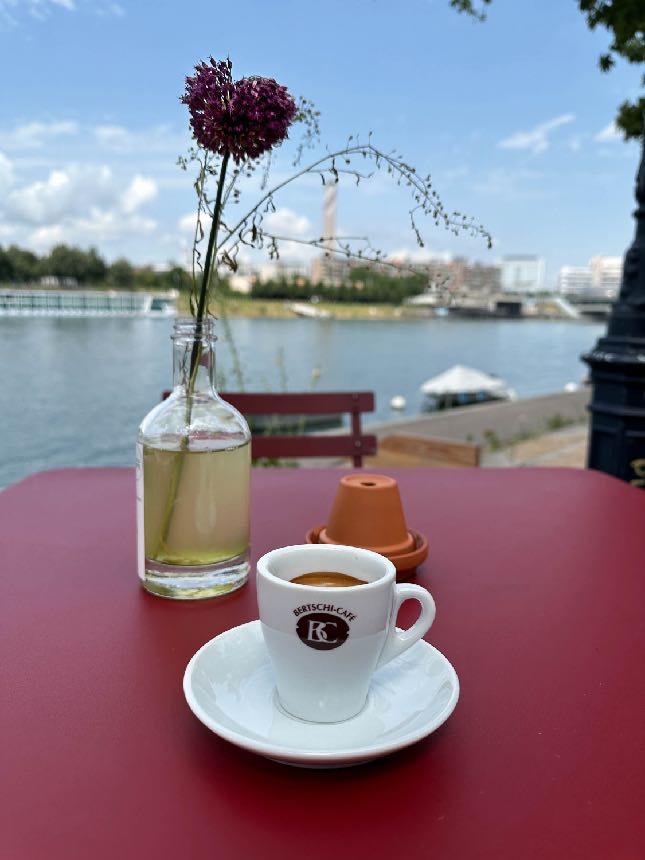
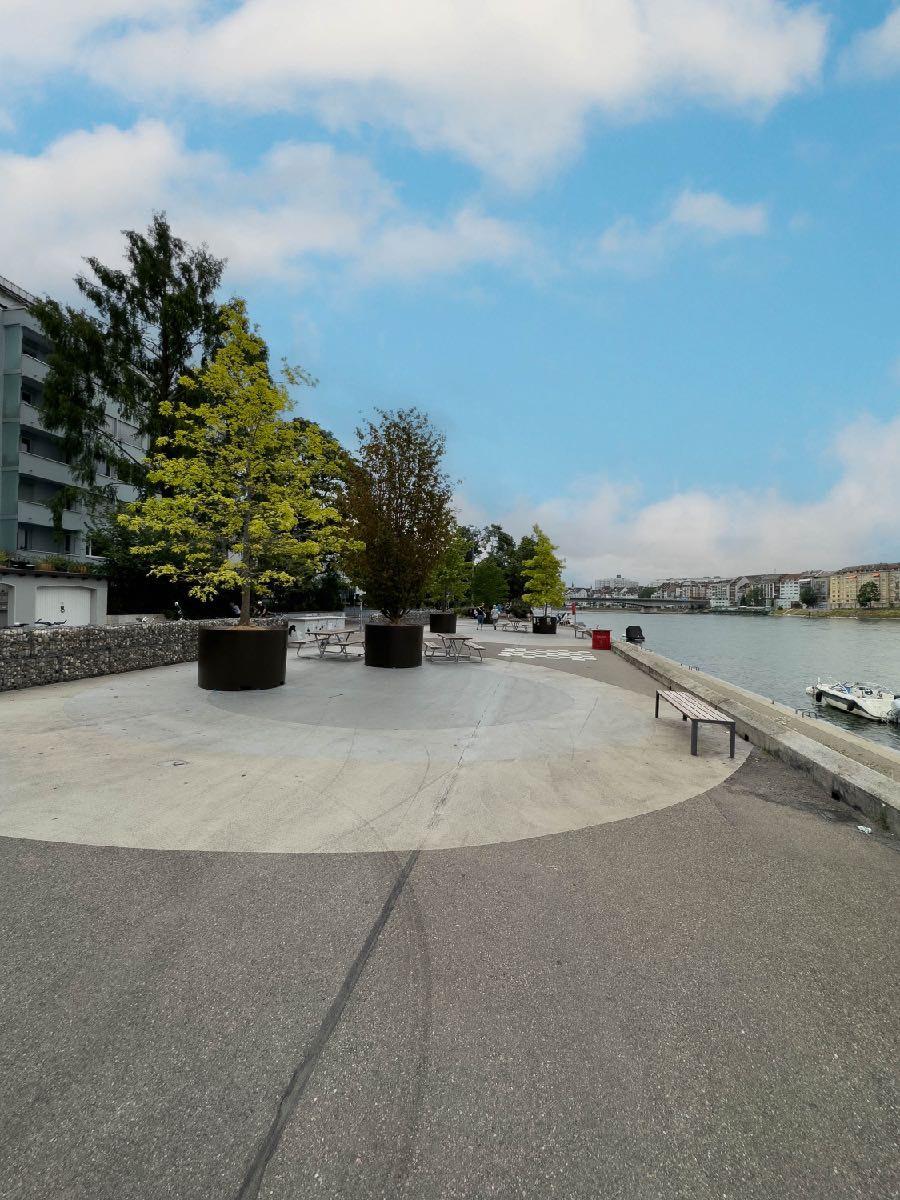






Basel is renowned for its diverse art and cultural institutions of international acclaim, which span nearly 40 museums across the entire canton. Considering its population size, the city is one of the most important cultural centres in Europe.
The city’s art museum houses what is considered the most important public art collection in Switzerland. Since acquiring the "Amerbach Cabinet" in the year 1661, it has been regarded as the world's oldest publicly accessible art museum.
Art enthusiasts will naturally also visit the Tinguely Museum and the private Fondation Beyeler, which displays works of classical modernism in Riehen in a building designed by Renzo Piano.
The photo shows the Paul Sacher Park, located west of the Tinguely Museum, with the two Roche Towers in the background.

with the ÖBB nightjet to Basel






The Hoosesagg Museum is located in an alleyway called Imbergässlein and is an integral part of any city tour. The origins of this mini-museum lie in the curiosity of tourists who admired the building where the first midwife of Basel supposedly lived. A picture of Saint Christopher with the Christ Child on the facade was meant to protect the midwife from sudden death. Over time, it attracted more and more interested visitors, which became increasingly bothersome for the residents. Many even tried to peek inside through the
window in the front door. As a solution, a small kiosk was installed within the window, instead of closing it off with curtains or frosted glass. However, since few people actually rang the bell to buy something, the museum operators began displaying various collections. Thus, what is probably the smallest museum in the world was created, presenting culture on just one square metre. By the way, the name "Hoosesagg" derives from the fact that all the exhibits must fit into a trouser pocket.
with the ÖBB nightjet to Basel



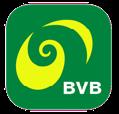











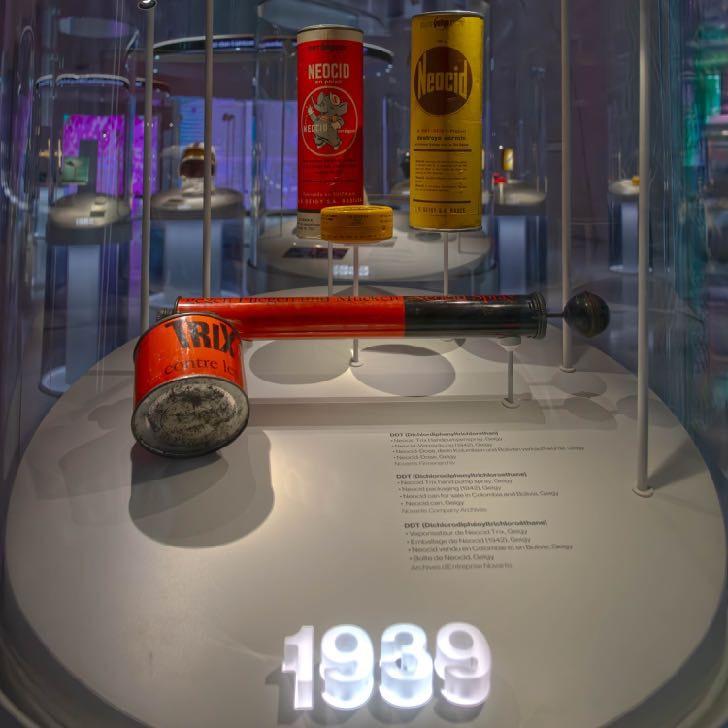
DDT (dichloro-diphenyl-trichloroethane) is an insecticide that dominated the global market for decades. Today, it is primarily used to combat carriers of the malaria parasite.
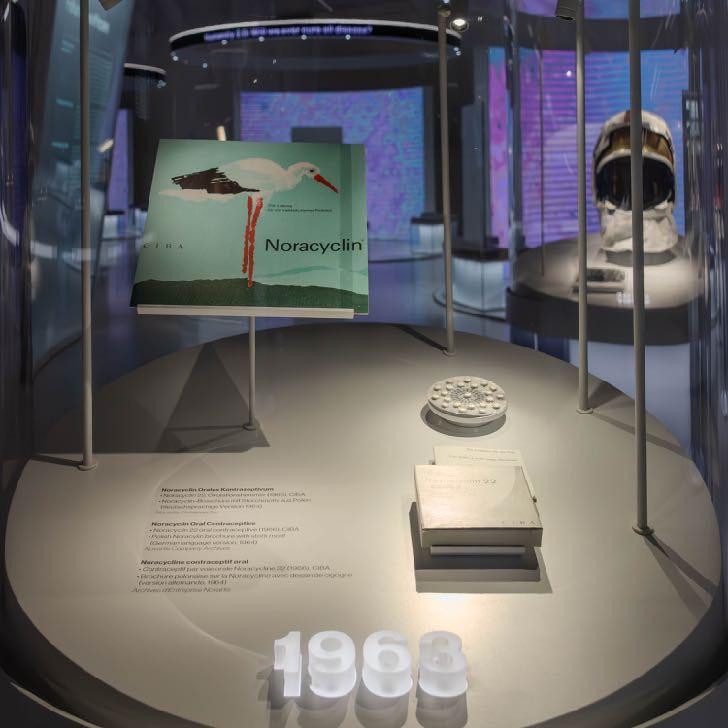
Noracyclin was the first contraceptive pill from the CIBA company. The name CIBA stands for "Chemical Industry Basel." Today, CIBA is part of BASF Schweiz AG, Zurich.

Ovomaltine was conceived by Swiss Dr. Georg Wander and brought to market by his son Albert in the year 1904 after the death of his father. In 2002, Novartis sold the company to the ABF Group.
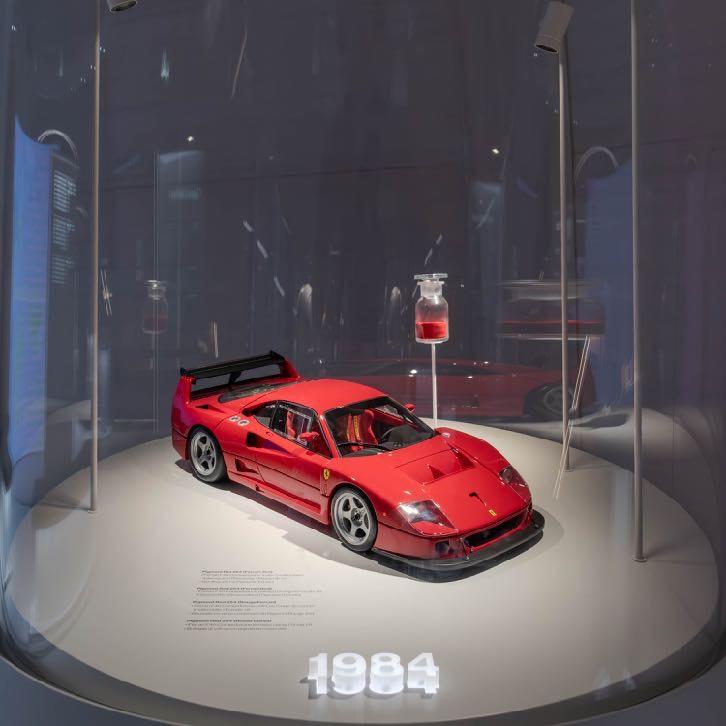
Pigment Red 254 (Ferrari Red) was developed for Ferrari by Swiss chemists. The 1:8 scale model of a Ferrari F40 Competizione is painted in the traditional Italian racing colours.
with the ÖBB nightjet to Basel




with the ÖBB nightjet to Basel

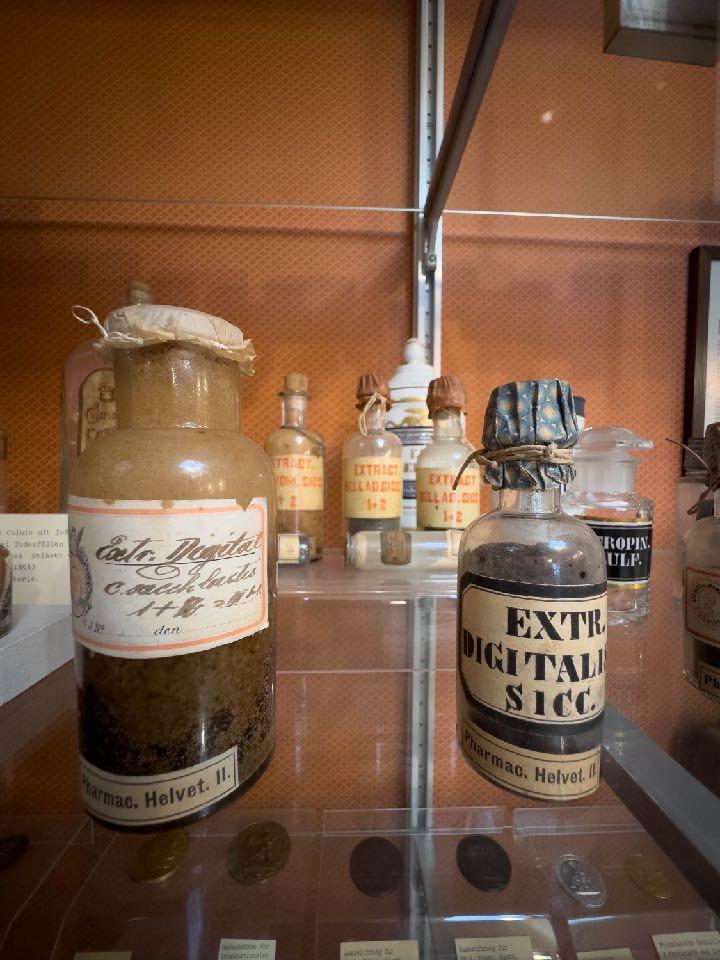


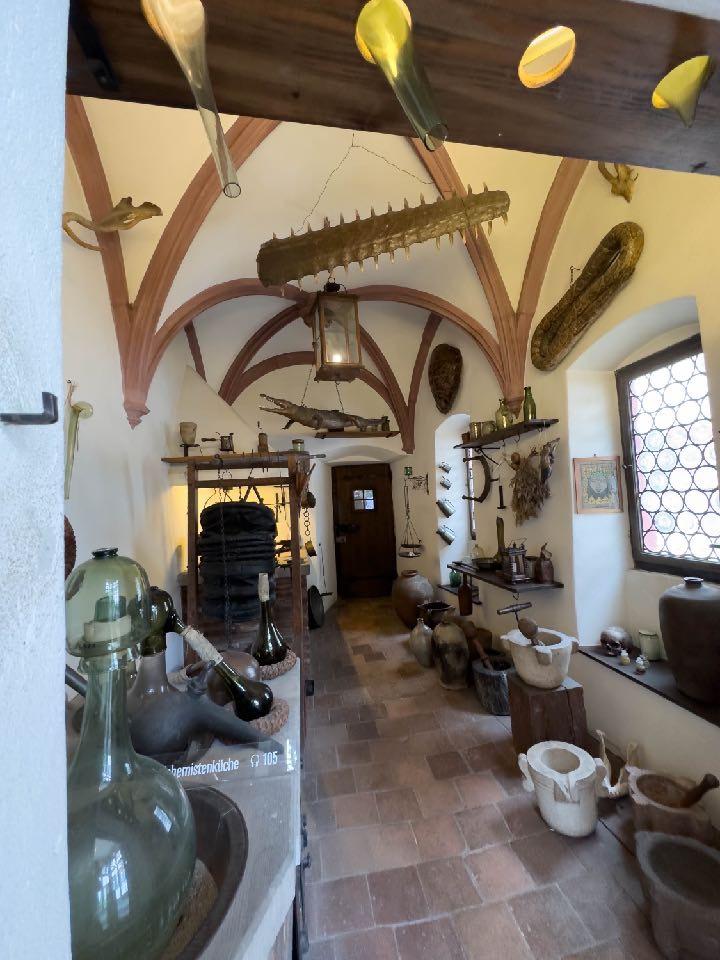











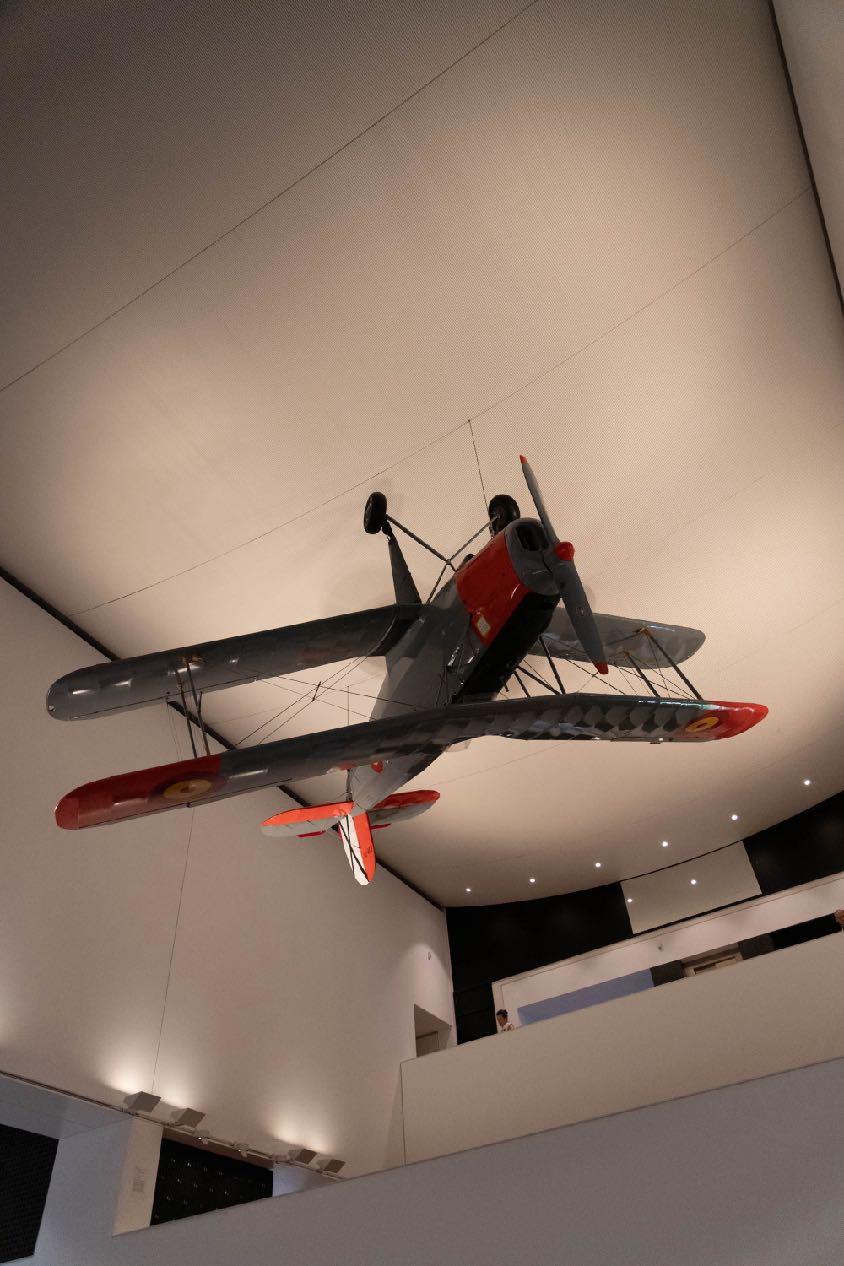
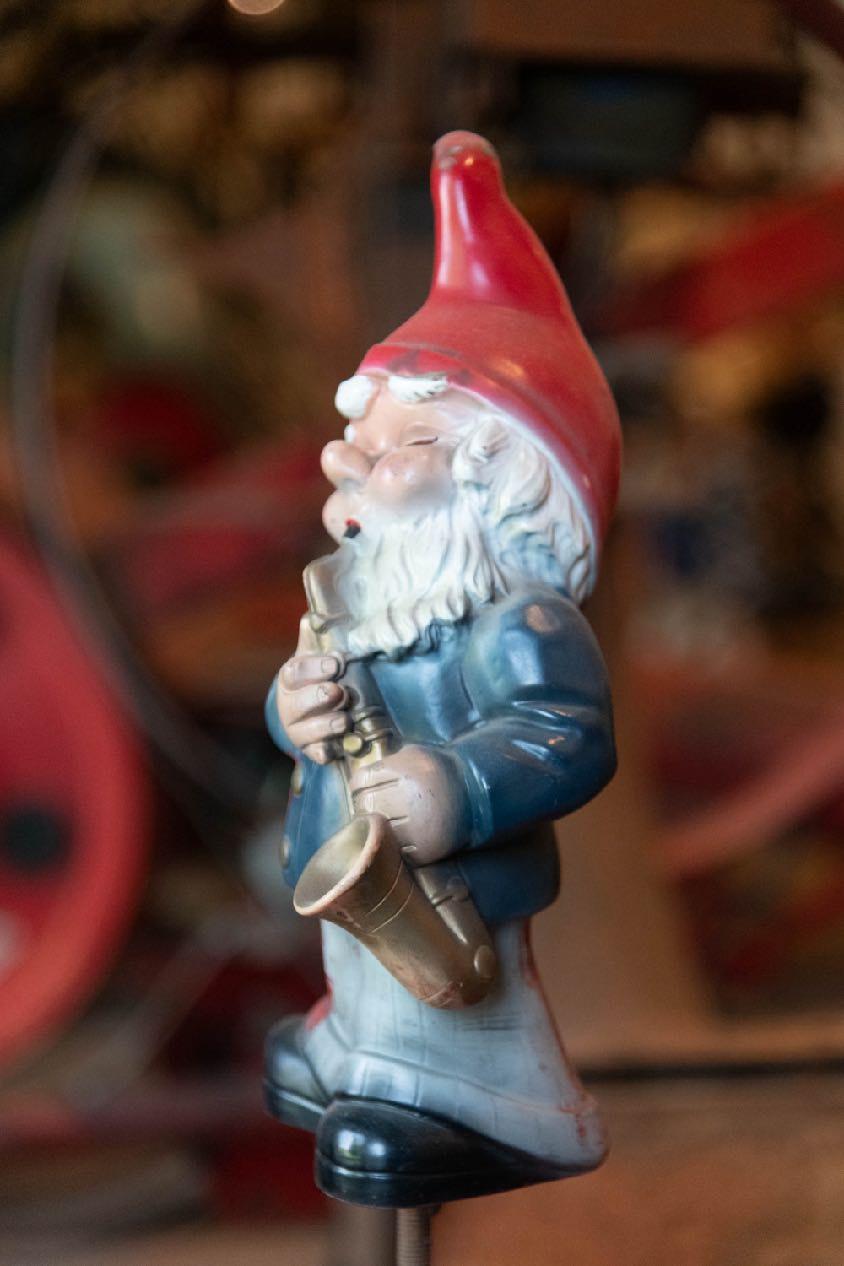

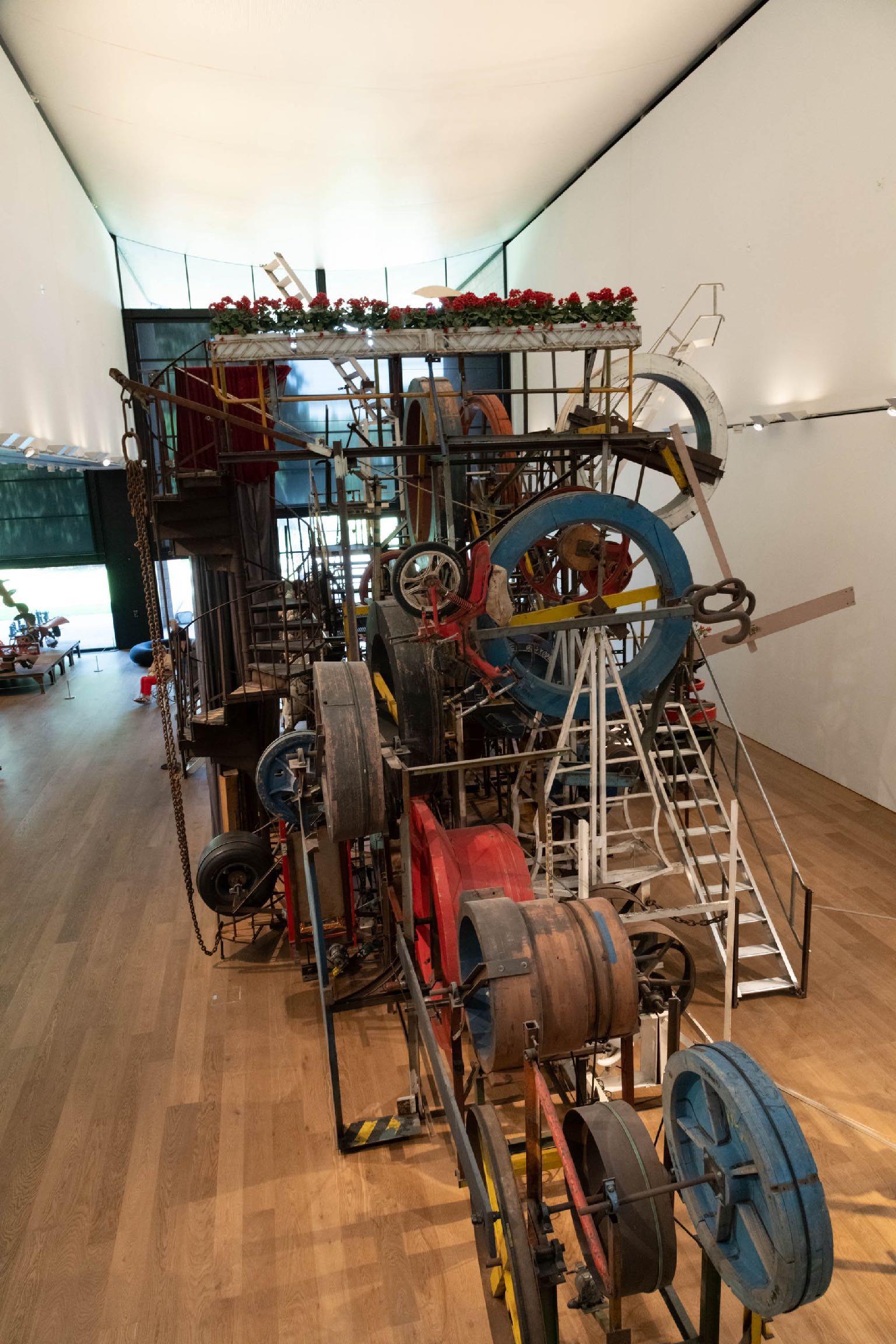




The Franciscans arrived in Basel in the year 1231. The first church, built in 1256, was replaced by a larger place of worship in the year 1309. Over two centuries later, in the year 1529, the city of Basel took over the church. The former monastery cemetery was transformed into Barfüsserplatz.
For a long period, the church served as a storage room and salt depot. The stored salt caused significant damage to the building's structure.
To repurpose the church as a museum, extensive renovations took place between the years 1890 and 1894. From 1975 to 1981, the city of Basel commissioned a thorough restoration, during which an additional basement level was created. Particularly noteworthy are the themed tours offered at the museum. The Historical Museum Basel continuously presents an extensive exhibition programme. A visit to Barfüsserplatz is definitely recommended.
with the ÖBB nightjet to Basel

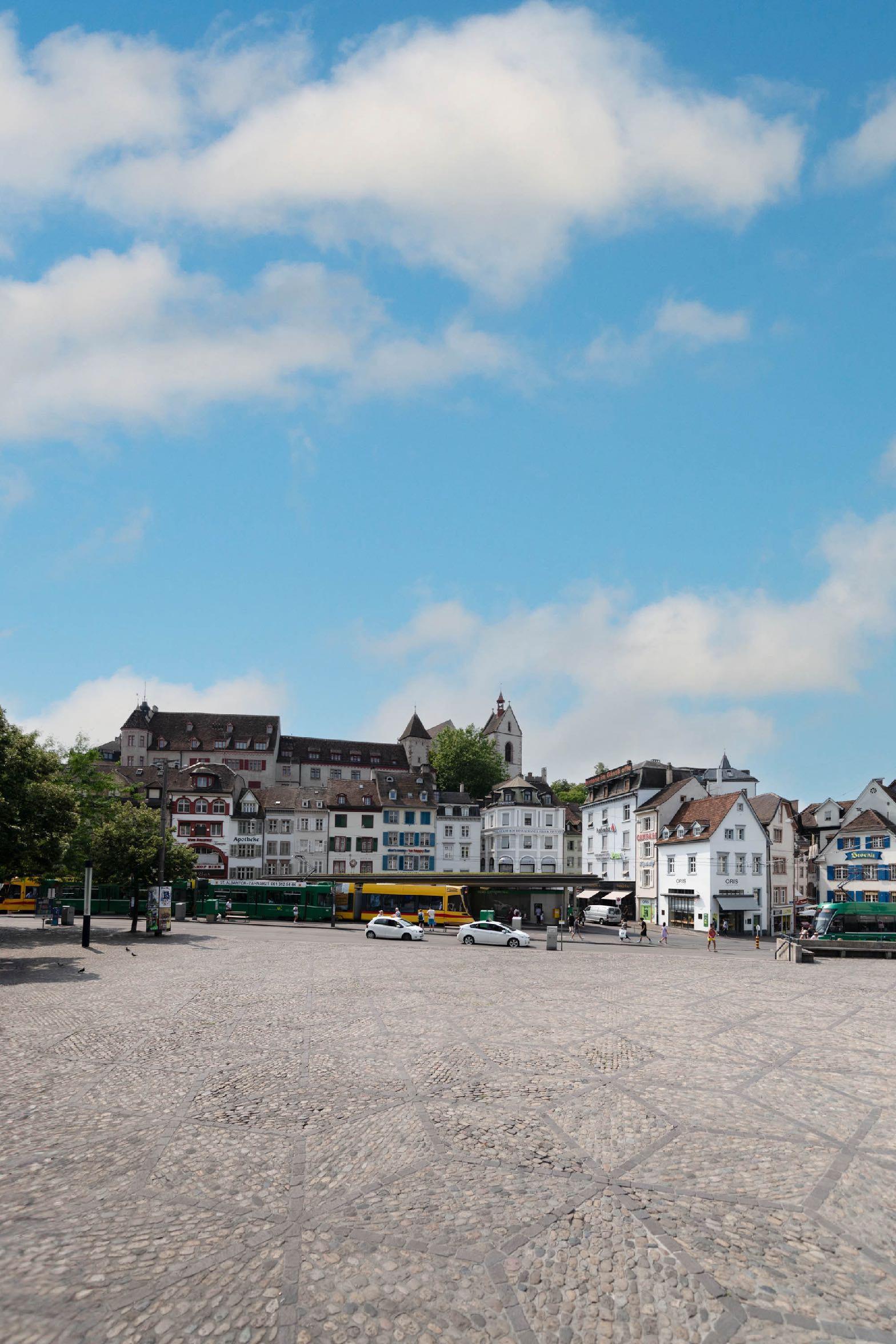





As early as the Late Bronze Age, around 1000 BC, forti fi ed settlements were established on the Münsterhügel at elevated locations. In later times, the Romans built forts on this site, and over the centuries, Münsterhügel developed into a significant bishop's seat. This lead to the creation of increasingly larger and more magnificent church buildings.
A very special musical treat awaits visitors every Saturday at 12:00 noon. Under the title "Organ Point
12," organ concerts are held at the Münster. Admission to these concerts is free of charge.
Queen Anna of Habsburg and her son Charles found their final resting place in the Münster around the year 1281. However, the remains of the Habsburg matriarch were long ago transferred to Austria. Queen Anna's tomb is the only figurative royal tomb in Switzerland. The Gothic double cloister is also a truly wonderful sight for visitors to the Basel Münster.












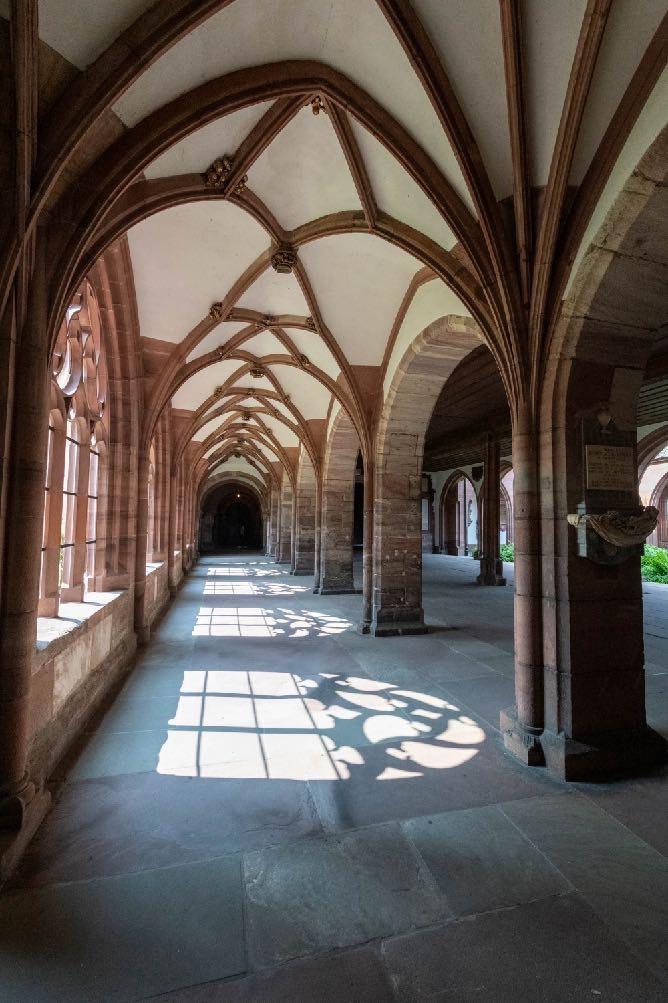



with the ÖBB nightjet to Basel

Münster Square
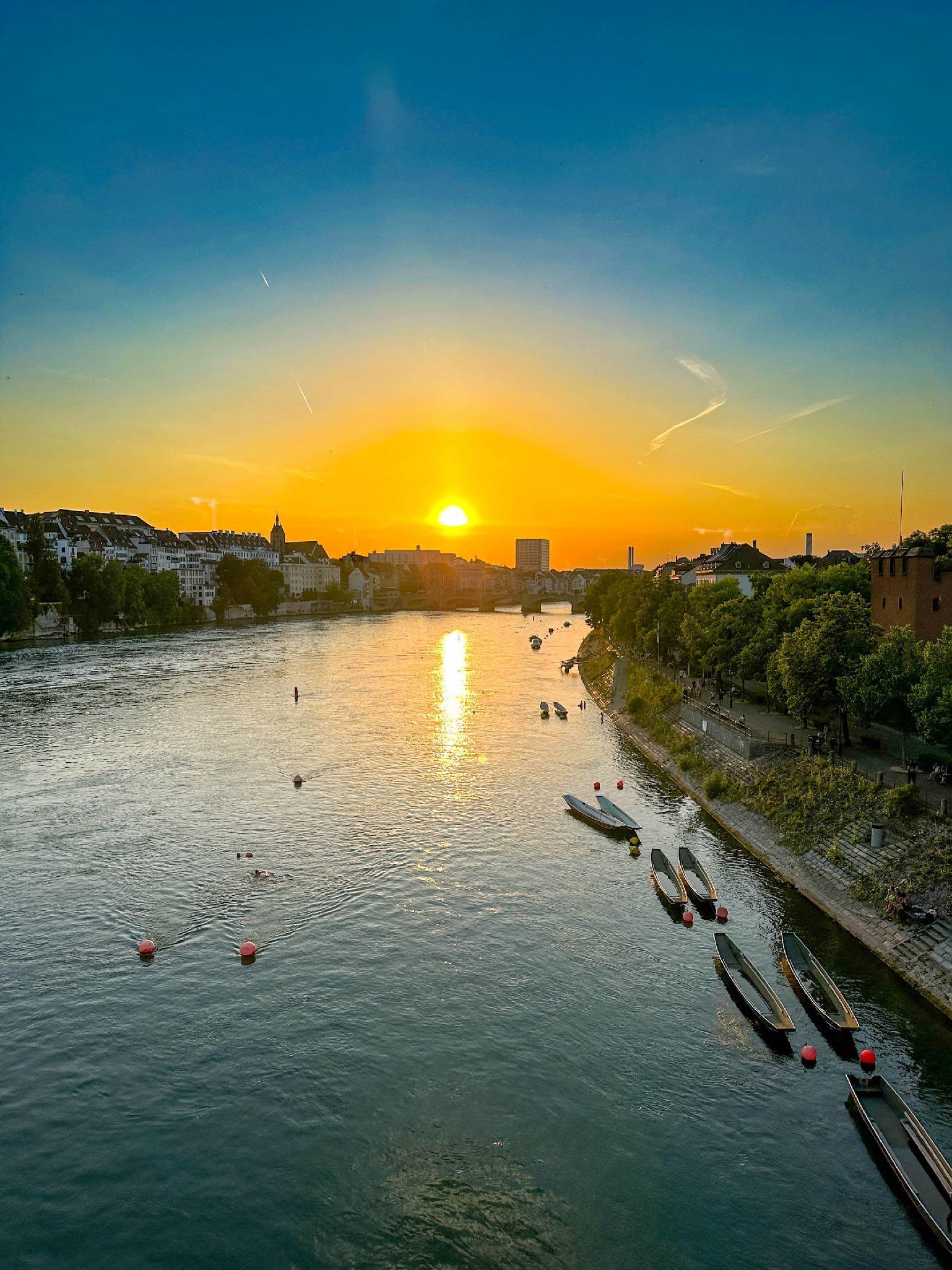

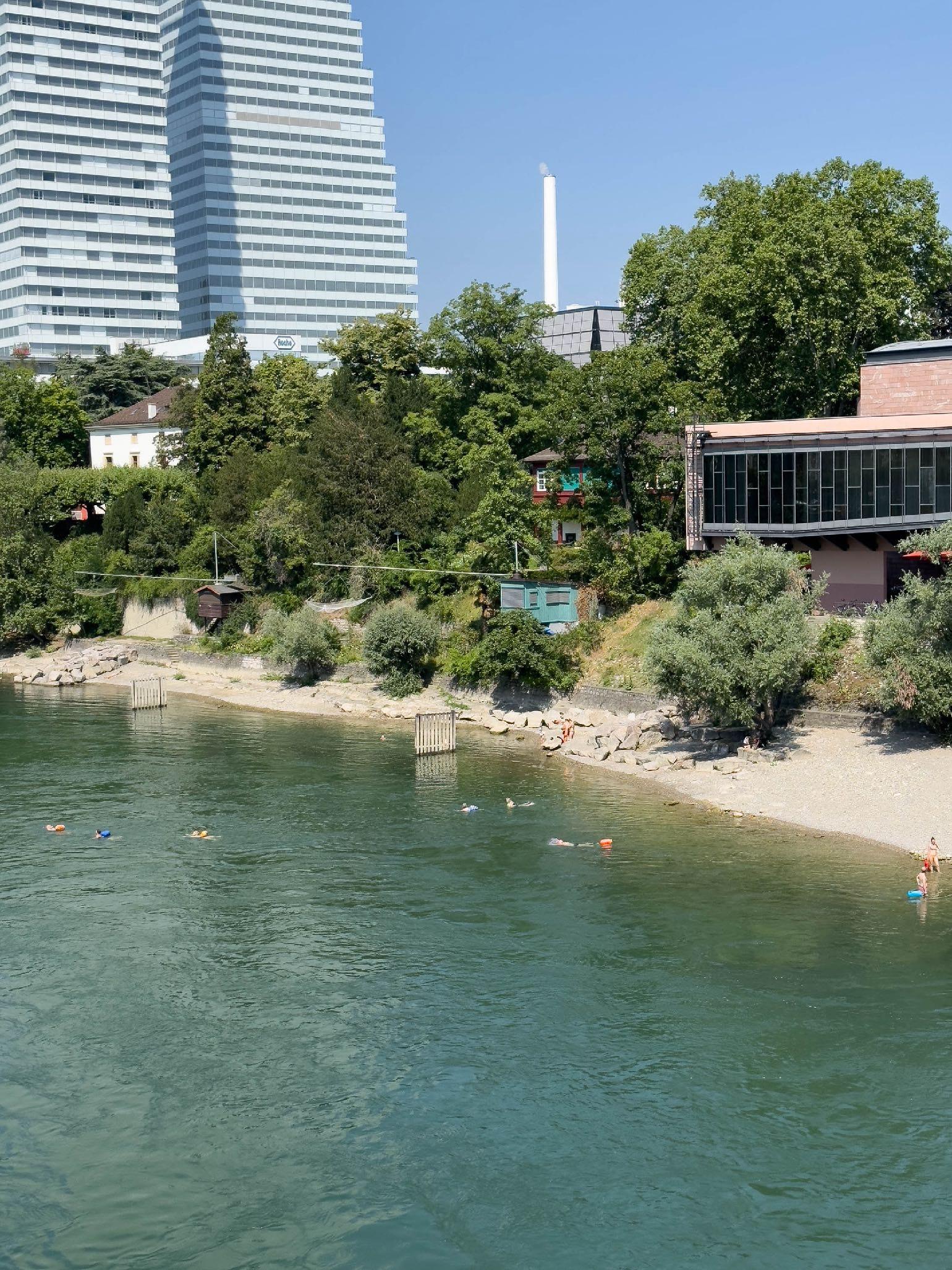









In the warmer months, swimming in the Rhine is a popular pastime for the people of Basel. As a tourist in Basel, you shouldn't miss out on this unique experience. On the riverbank, like in the picture near the Schwarzwald Bridge in front of the Tinguely Museum, you take off your clothes and store them in the colourful Wickelfisch. This dry-bag specifically designed for swimming is shaped like a fish. It is a Basel invention and ensures that everything stays dry while you float downstream with the Rhine's current.
After jumping into the River, you are carried by the gentle current while you drift along the picturesque old town. From the Tinguely Museum, you can float for up to three kilometres. The cool water of the Rhine caresses your skin, providing a pleasant refreshment on hot days. The passing scenery of the city imparts a sense of freedom and relaxation.
Thus, the Rhine not only offers a welcome way to cool down but also an unforgettable experience amidst the picturesque old town of Basel.
with the ÖBB nightjet to Basel

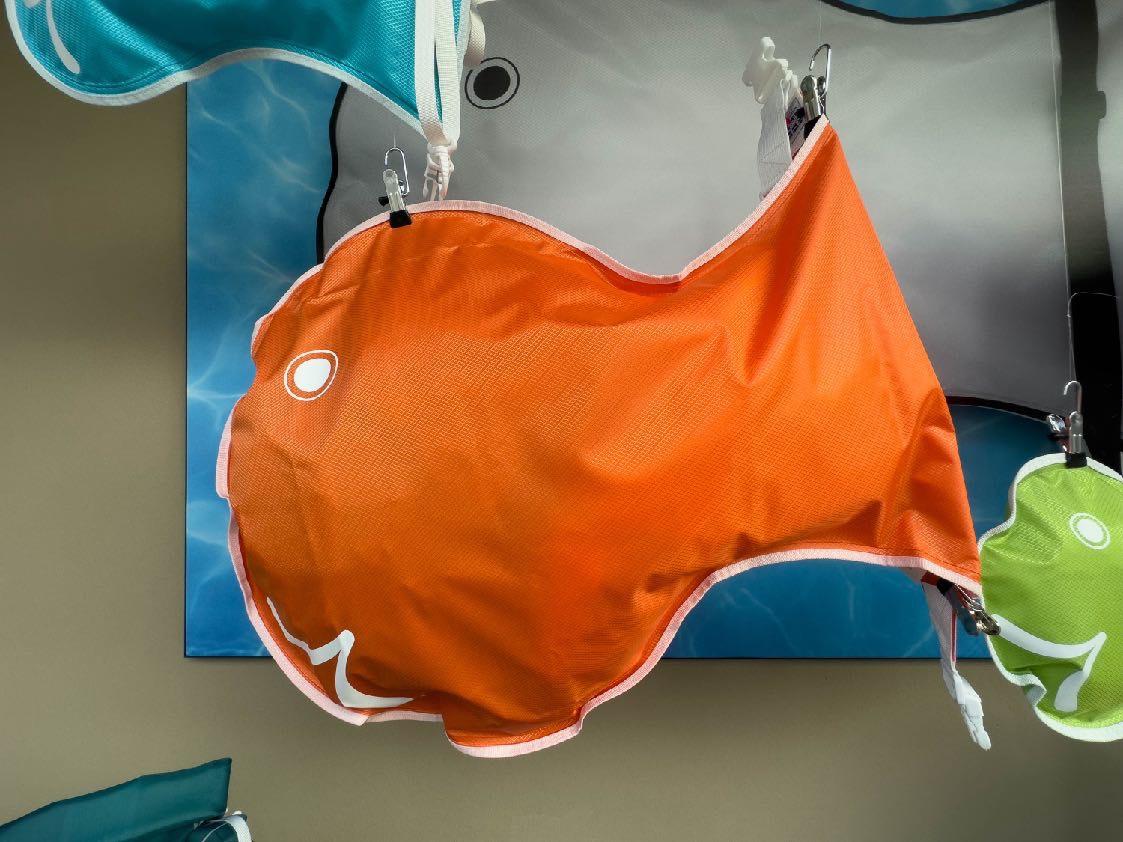



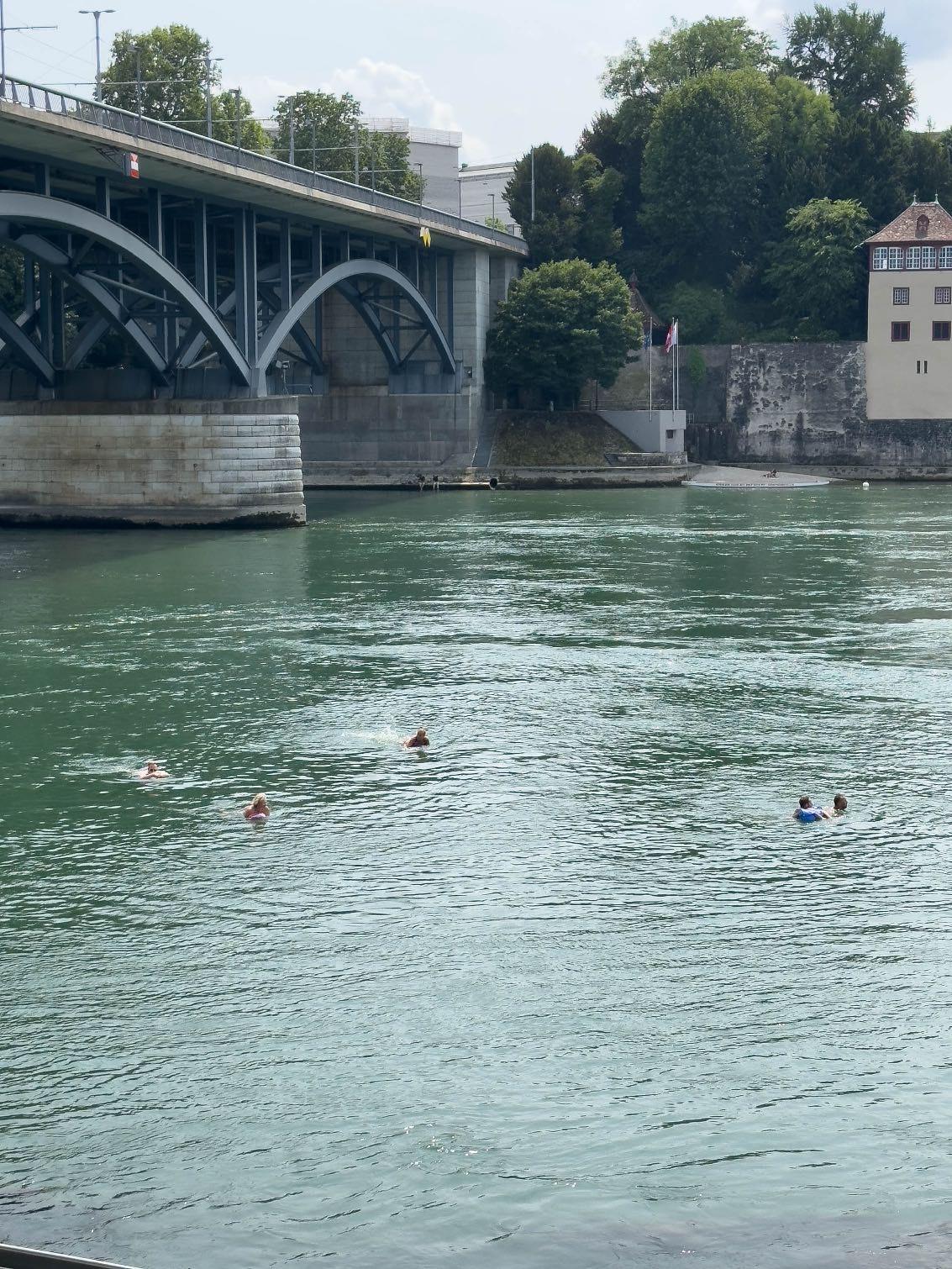



Four ferries cross the Rhine, connecting Grossbasel with Kleinbasel. These ferries bear the melodious names "Wild Maa, Leu, Vogel Gryff, and Ueli." Attached to a long wire rope, they are pulled from one bank to the other by the river's current. Throughout the entire year, these ferries glide silently back and forth.
The crossing costs CHF 2.00 for adults, while children pay only half.

• Münster ferry "Leu" - Wettstein Bridge and Mittlere Brücke.
• Klingental ferry "Vogel Gryff" - Mittlere BrückeJohanniter Bridge.
• St. Alban ferry "Wild Maa" - Schwarzwald BridgeWettstein Bridge.
• St. Johann ferry "Ueli" - Johanniter Bridge - Dreirosen Bridge

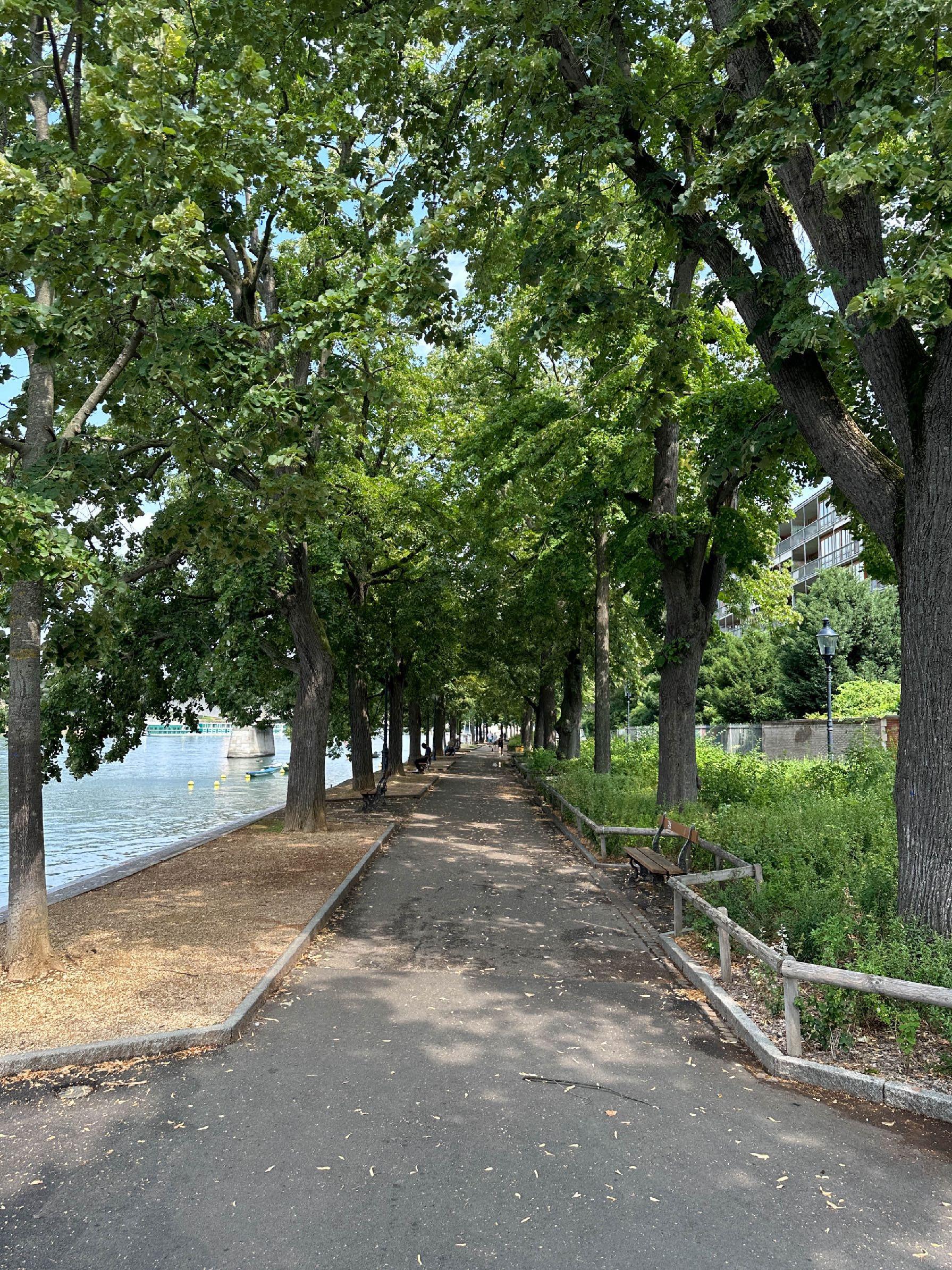


The Rhine promenade stretches along the bank of Kleinbasel. From this location, visitors looking for relaxation can enjoy an impressive view of Basel's old town. The "Rhine swimmers" come ashore at the riverside zone of the Rhine promenade. To reach the opposite side of the Rhine, you can use one of the four ferry docks. In summer, large trees provide pleasant shade and surround the local green spaces, pebble beaches, and Rhine baths.
For a spontaneous break, one of the many buvettes (snack stands) invite you to linger. From the terraces of the restaurants and bars along the Rhine promenade, visitors can watch the lively activity on the Rhine. Fishing boats and excursion ships glide by, creating a picturesque atmosphere.
As the sun slowly sets, the lights of the old town reflect in the waters of the Rhine, bathing the scene in a magical glow.
with the ÖBB nightjet to Basel




The city model on the Kleinbasel bank of the Rhine presents a section of the old town at a scale of 1:500, centred around the Münster on the opposite side of the Rhine river.





BLT - Baselland Transport AG provides modern public transport vehicles to the cantons of Basel-Landschaft, Basel-Stadt, Solothurn, and even to the neighbouring France. Four tram lines, 19 bus lines,
and one railway line ensure environmentally friendly travel for locals and tourists alike. BLT is headquartered in Oberwil and is one of the two public transport operators in Basel. The trams are yellow.
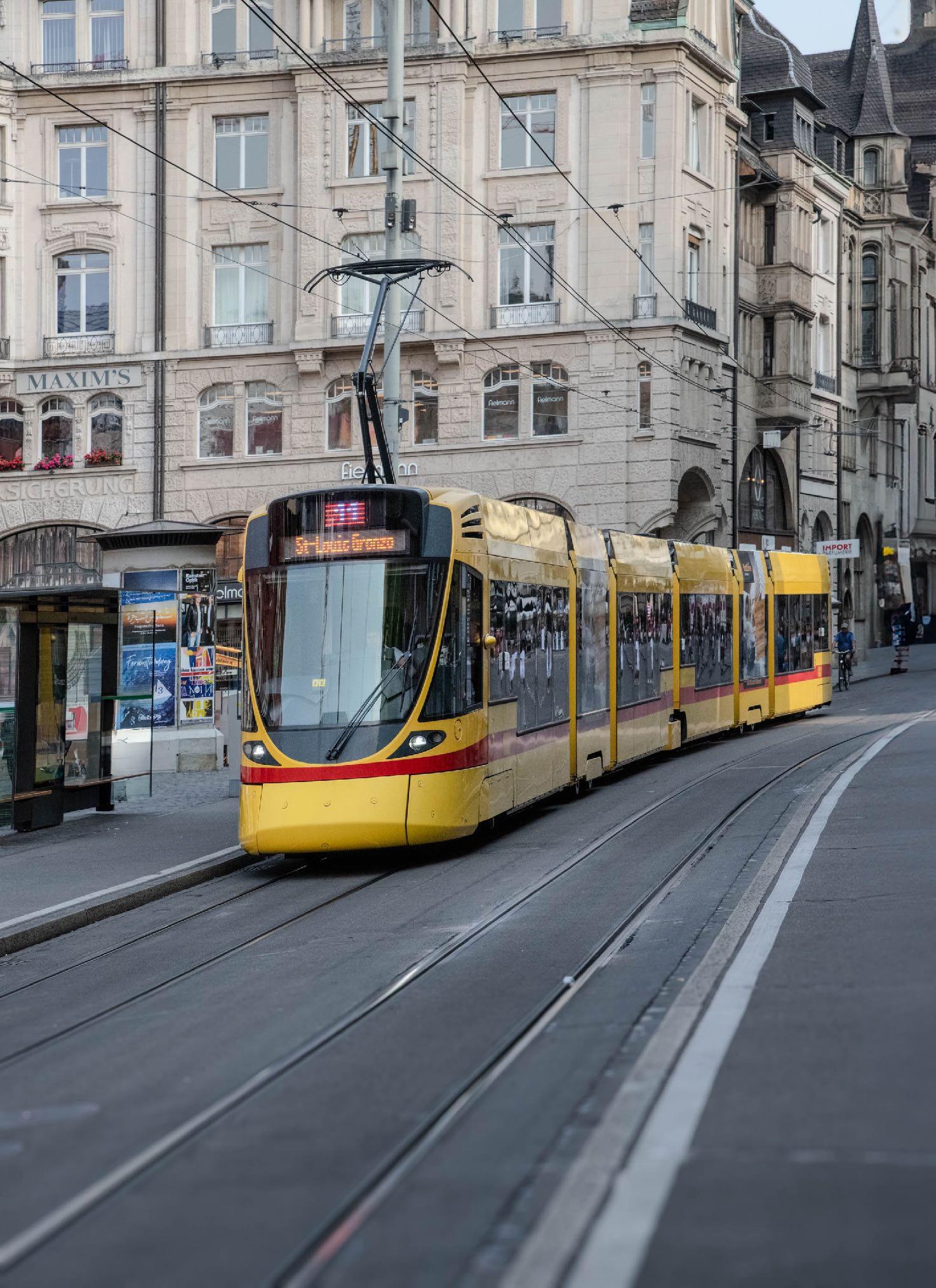
The trams in Basel (s Drämli) are green and operate within the city limits of Basel. Tram lines 3 and 8, as well as bus lines 38 and 55, also cross national borders.

All relevant information is summarised in the TriRegio brochure. The three-part articulated buses are pioneering electric vehicles.
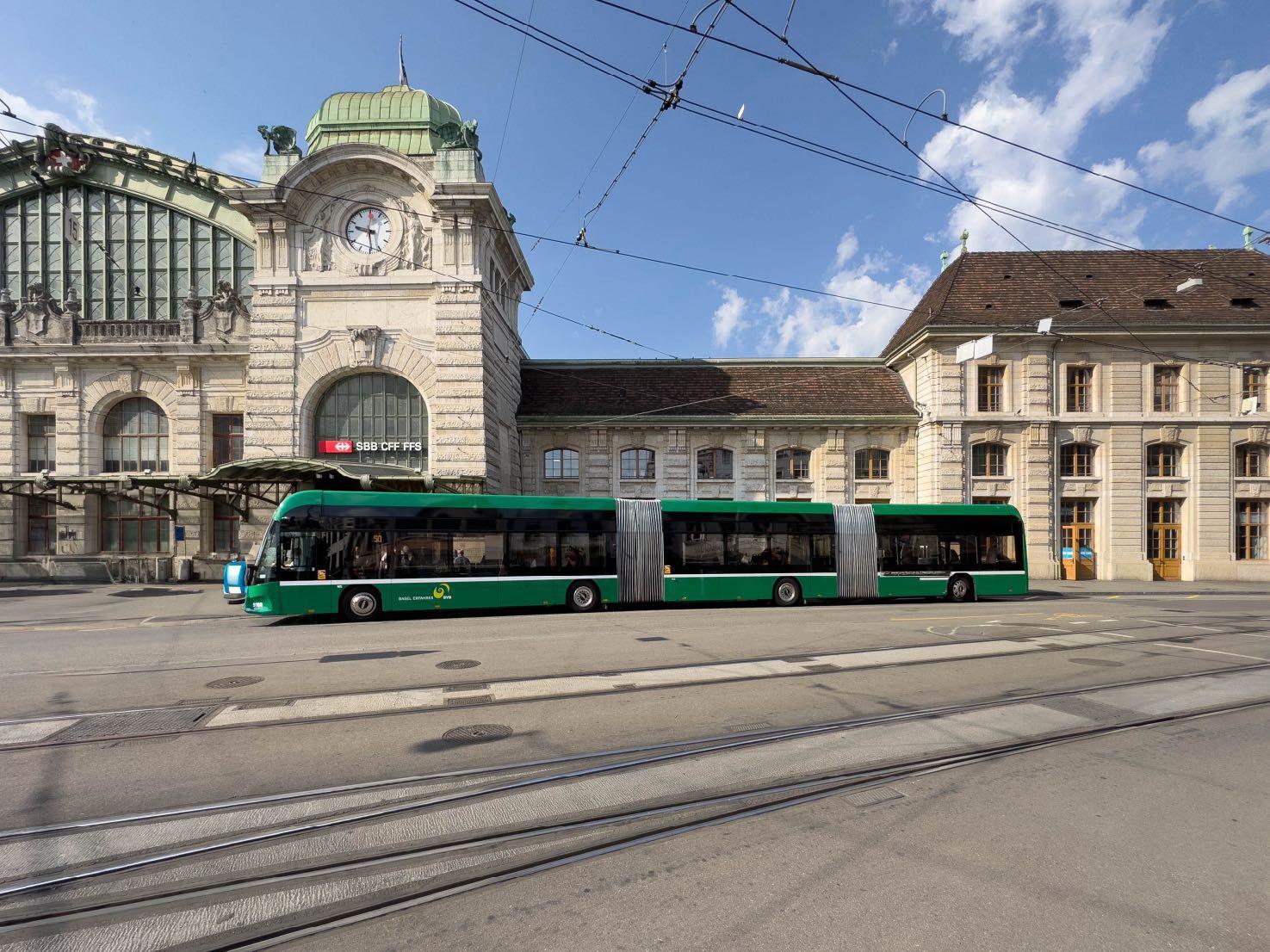

with the ÖBB nightjet to Basel



Route Overview
OBB Nightjet and OBB Nightjet Partner









This e-book was made possible through the kind support of the regional tourist offices and the OBB. German proofreading and editorial:Martin Andergassen. English version: Katie Lang
References
Text, videos and photos by Rudolf J. Strutz unless otherwise stated. Timetables and travel information: OBB
Assistance from AI
Artificial intelligence applications are occasionally employed for image editing, including the elimination of undesirable components. Additionally, AI tools can enhance the clarity of images and diminish background noise.
The travel guides are also available free of charge on the OBB online entertainment and internet portal railnet, which is installed on all railjets, nightjets (NG) and cityjets



Copyright
This book was licensed under the Creative Commons License. Conditions of use: attribution, non-commercial, no editing and distribution under the same conditions only as a complete work! The use of individual photos and text is not permitted. This eBook is available free of charge.
All links provided are current at the time of publication of this ebook. Links to tickets usually lead directly to the exhibition location. For tickets and timetables, local public transportation services are linked.
All logos and company names are used for information purposes only; any use outside of this e-book must be approved by the copyright holders.


SCOTTY mobile shows the timetables for all public transport and helps you plan your travel route.
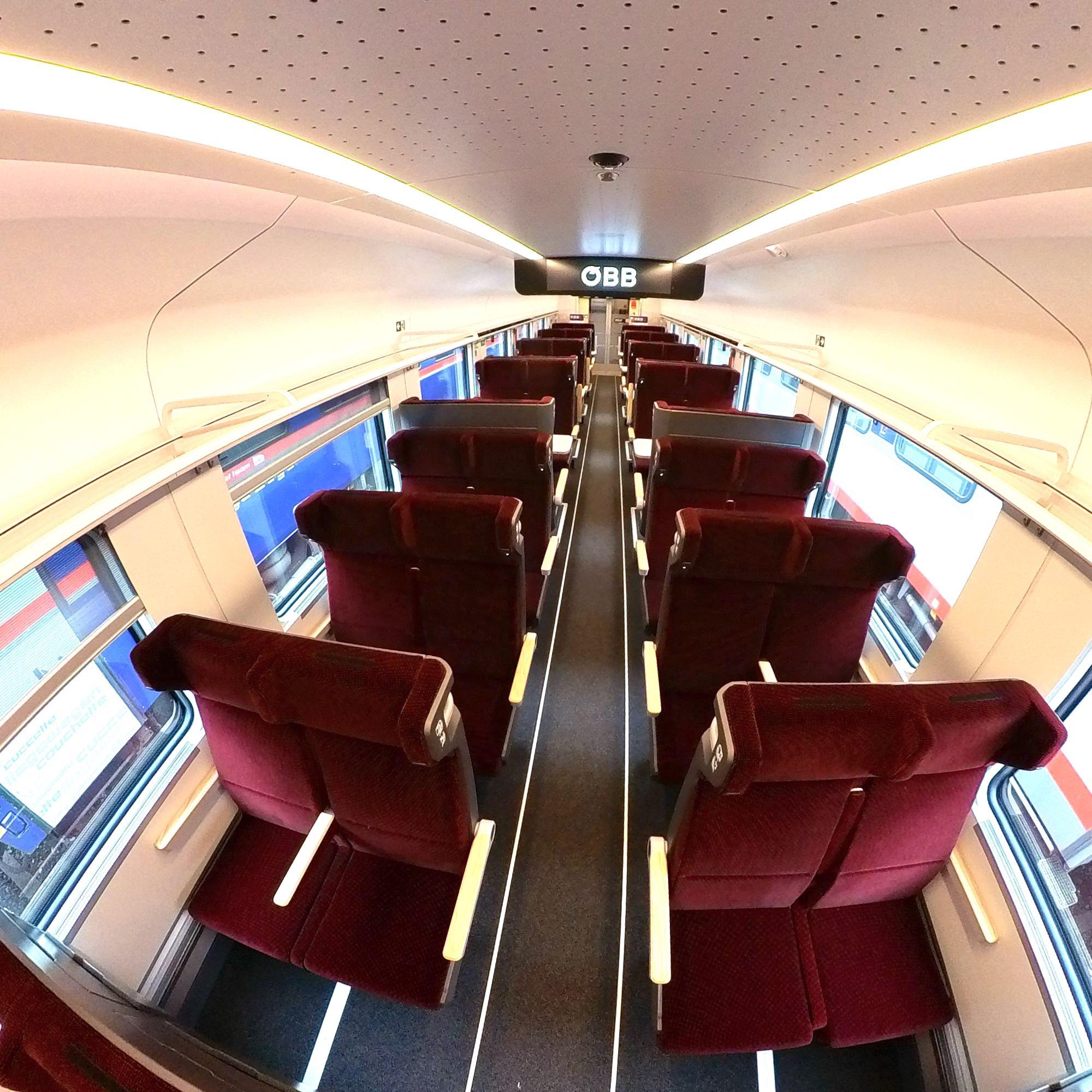


Book your trip online or view the current timetable online and directly on your mobile phone.





